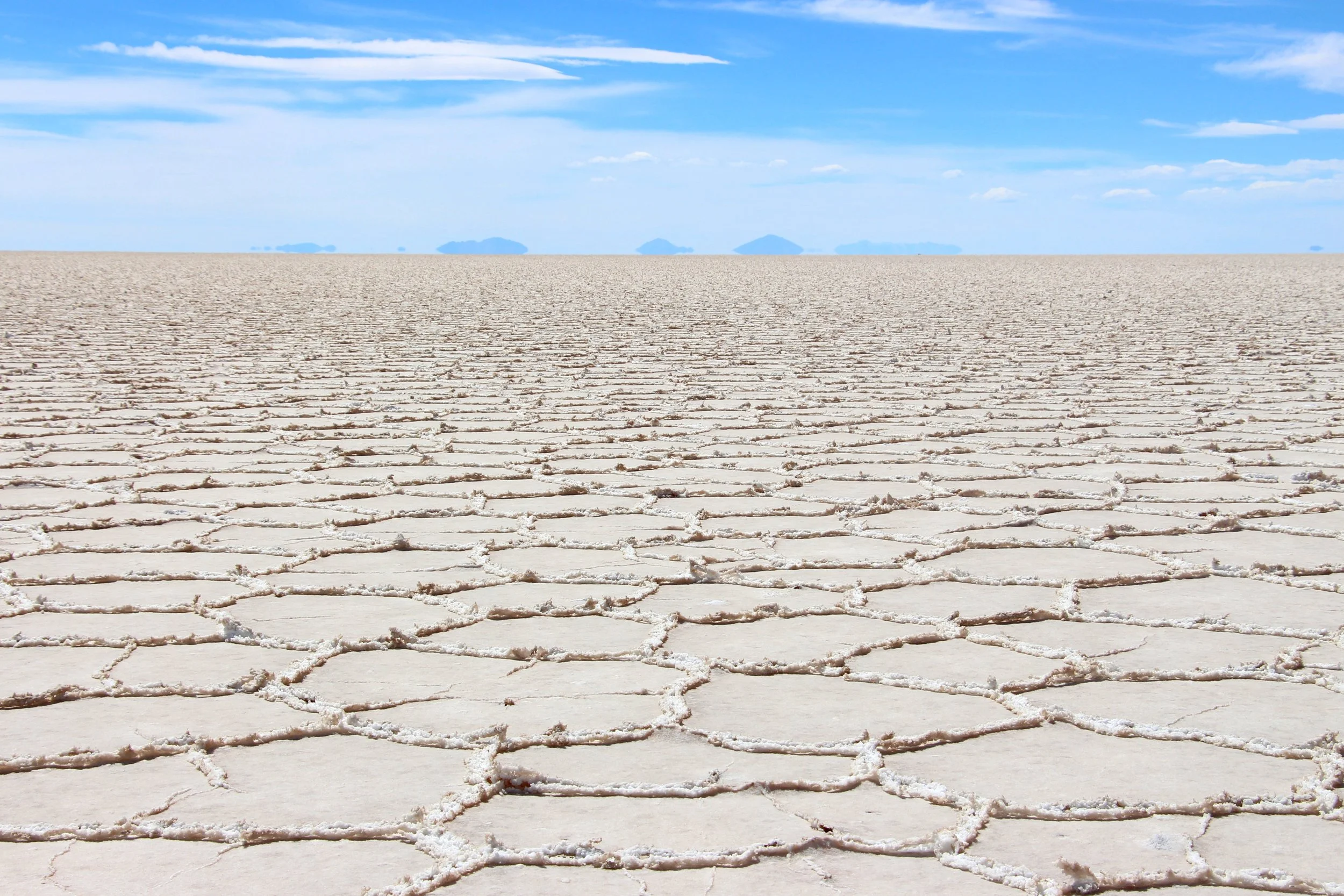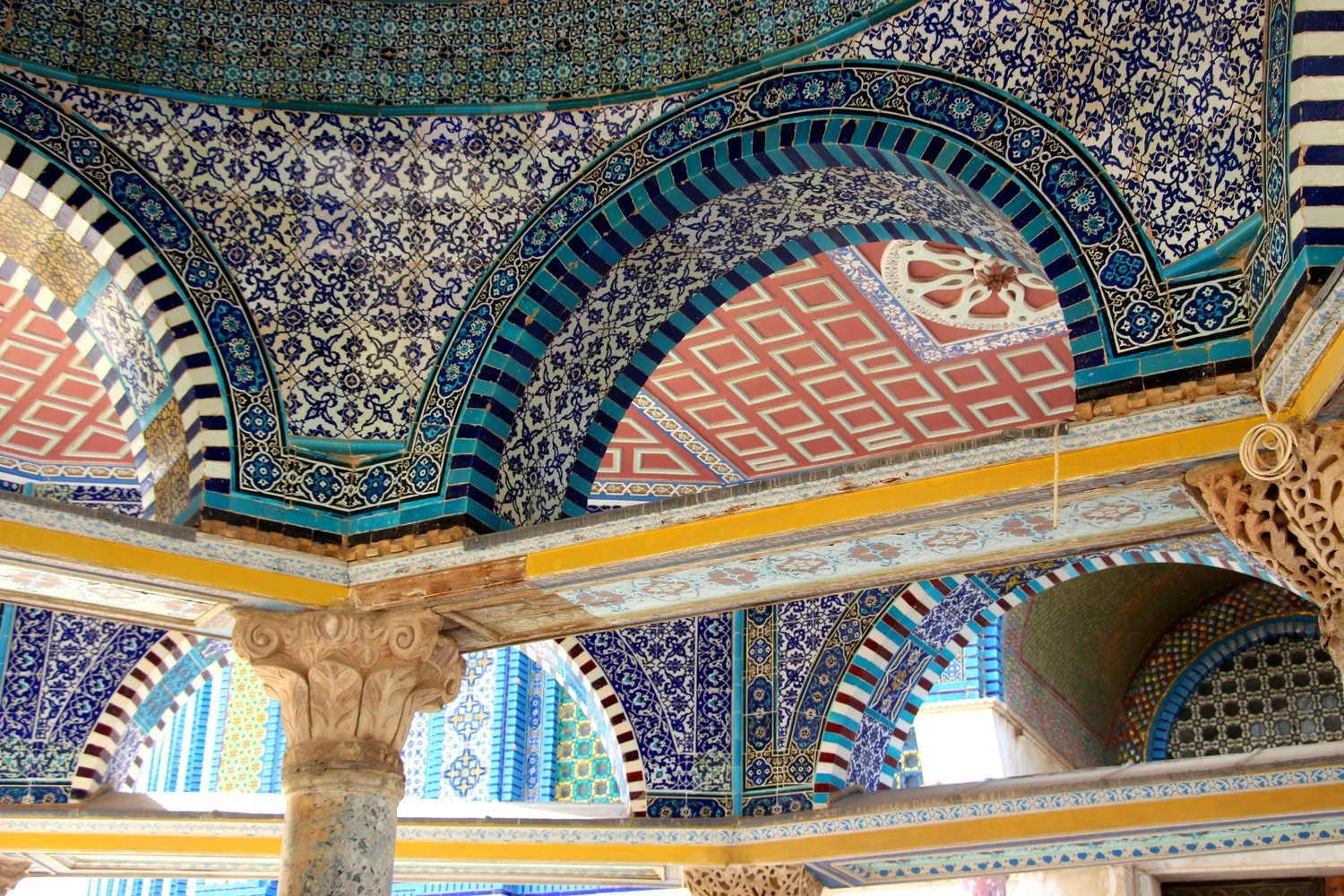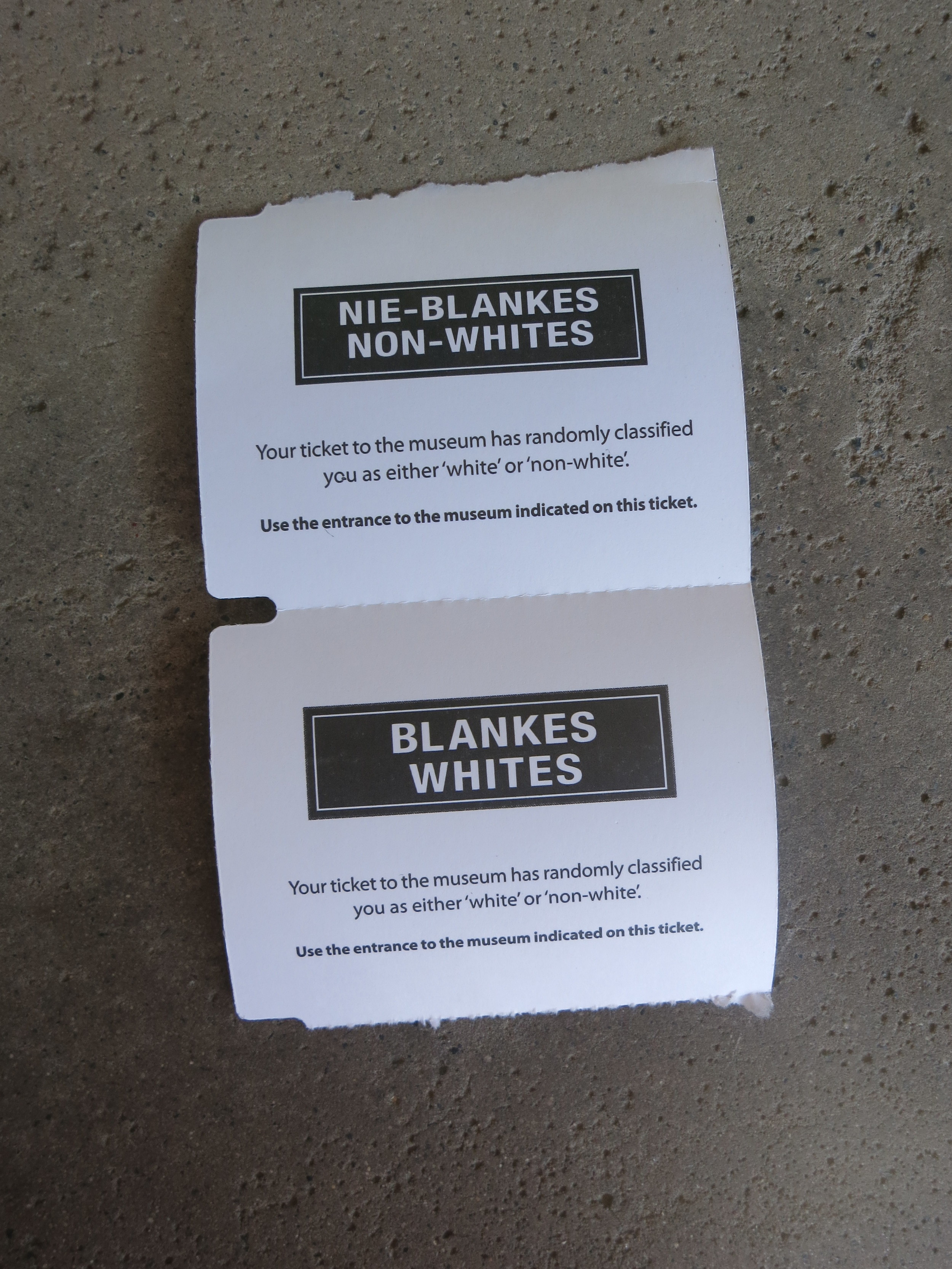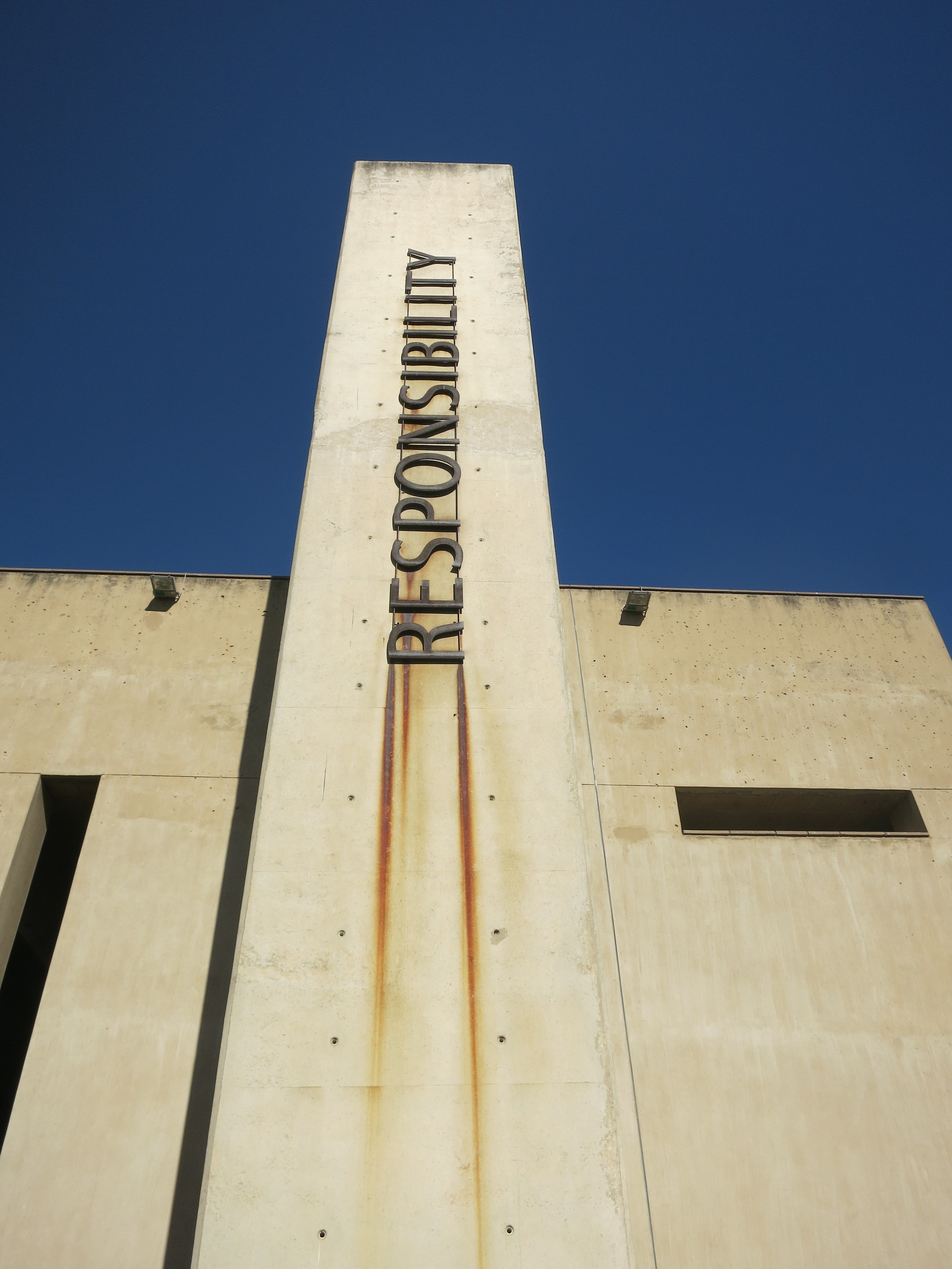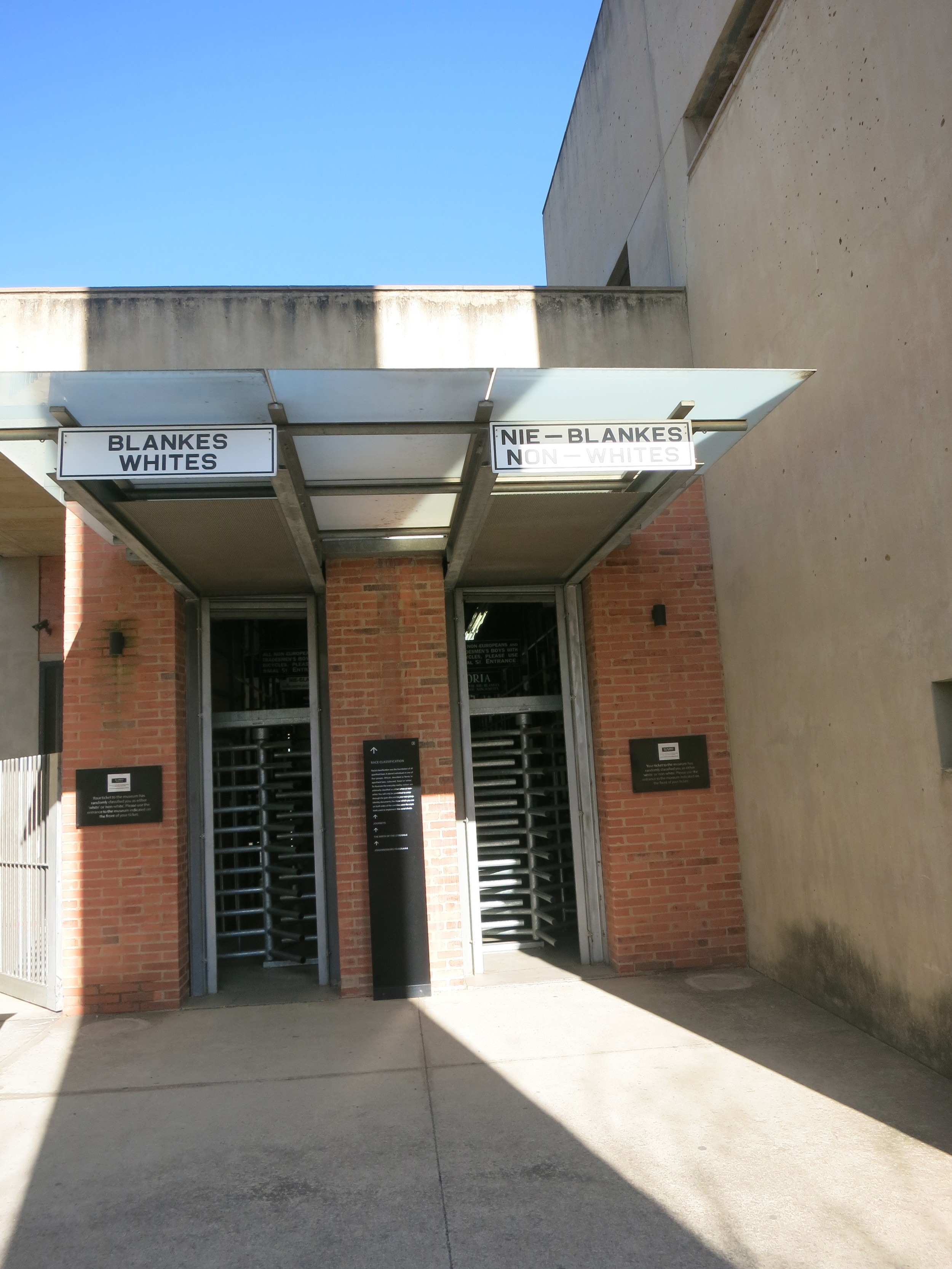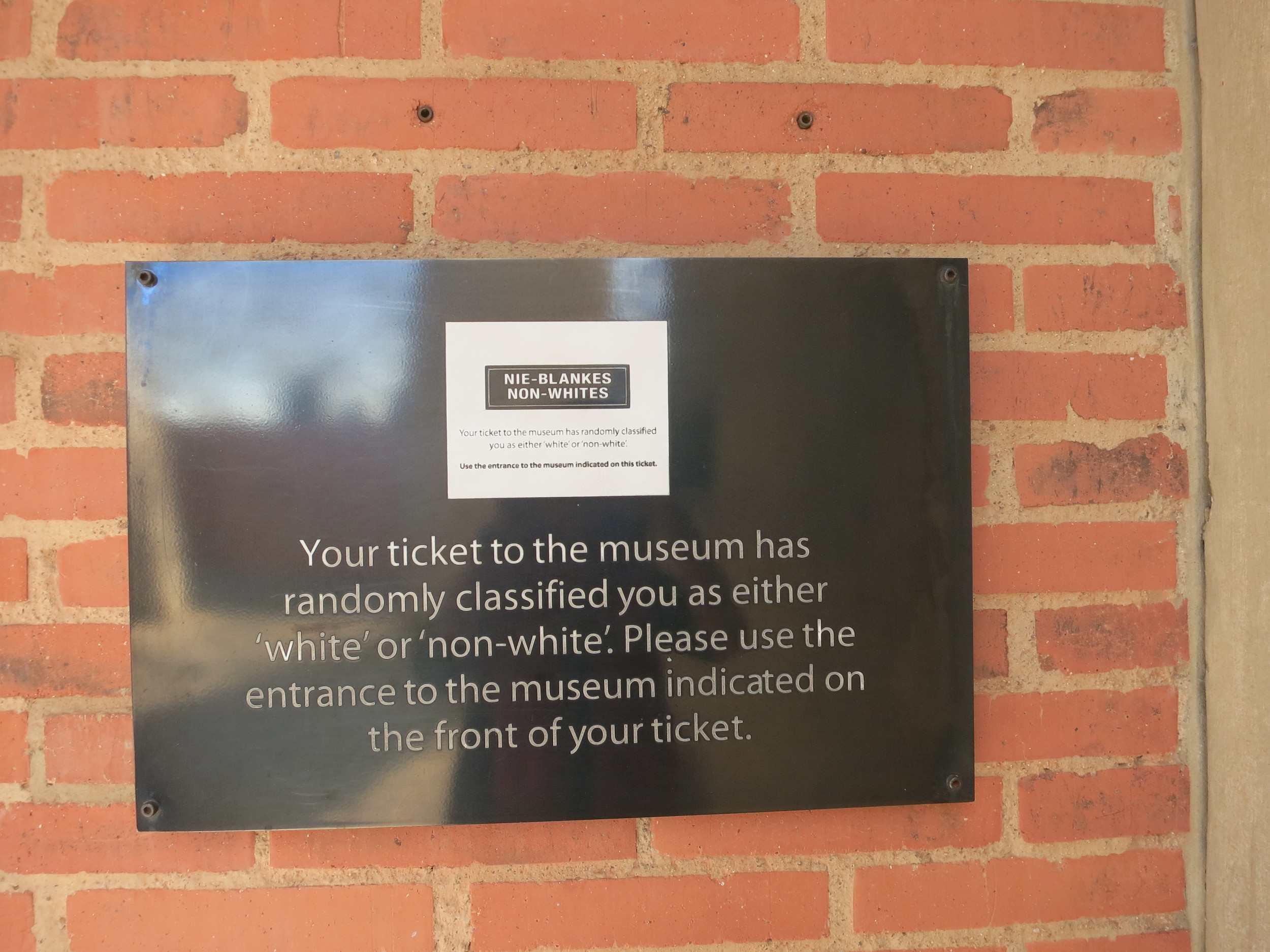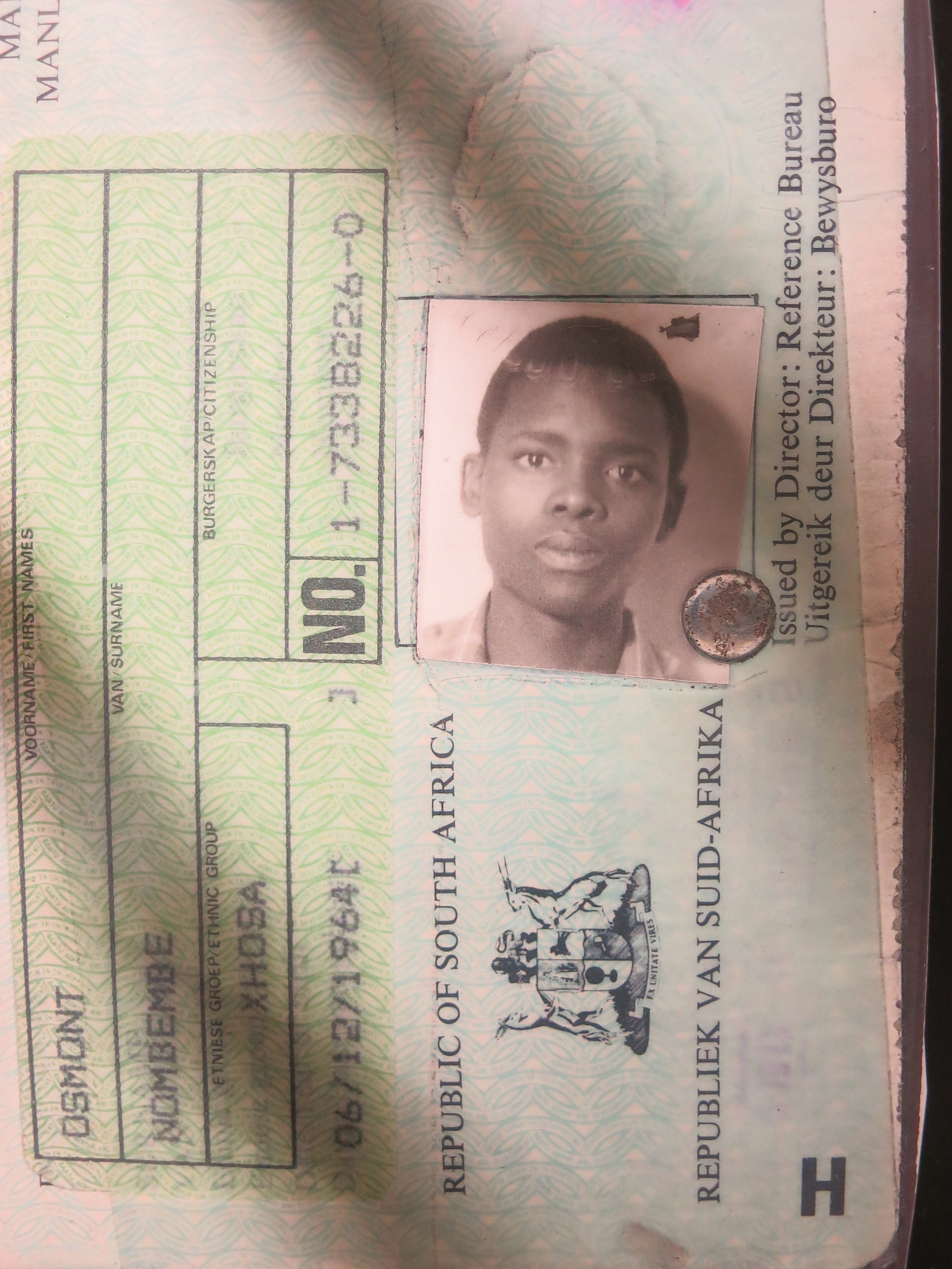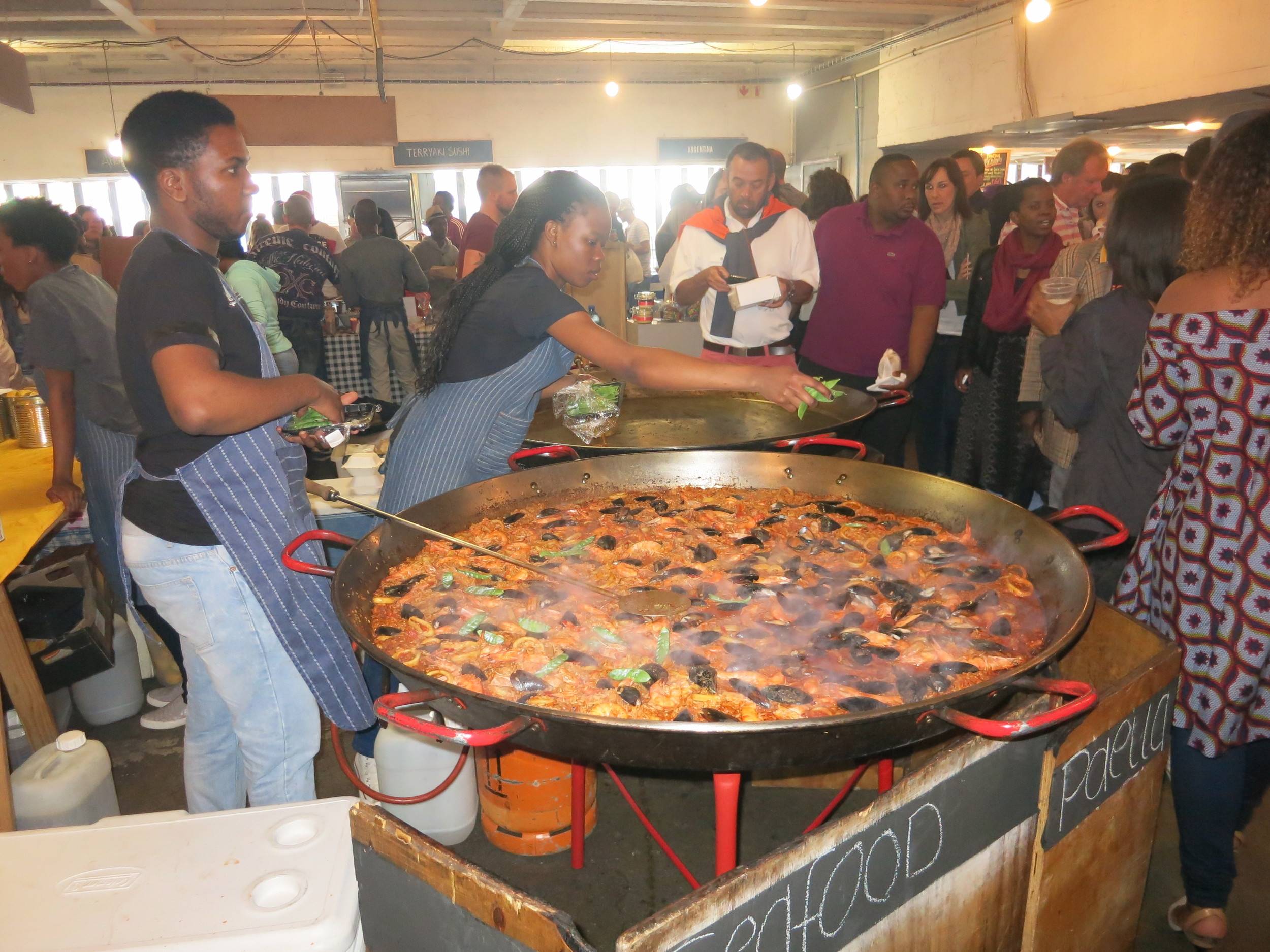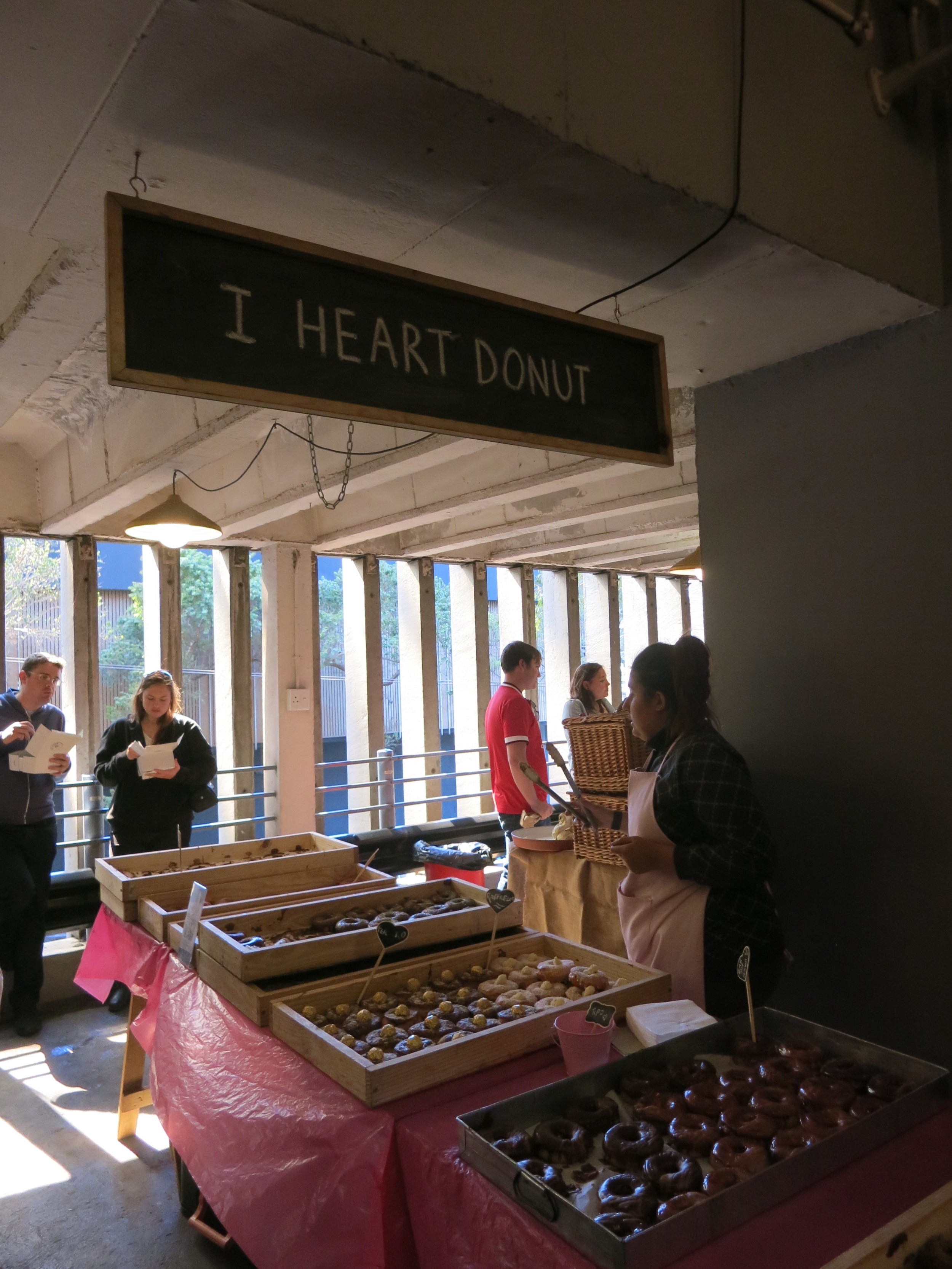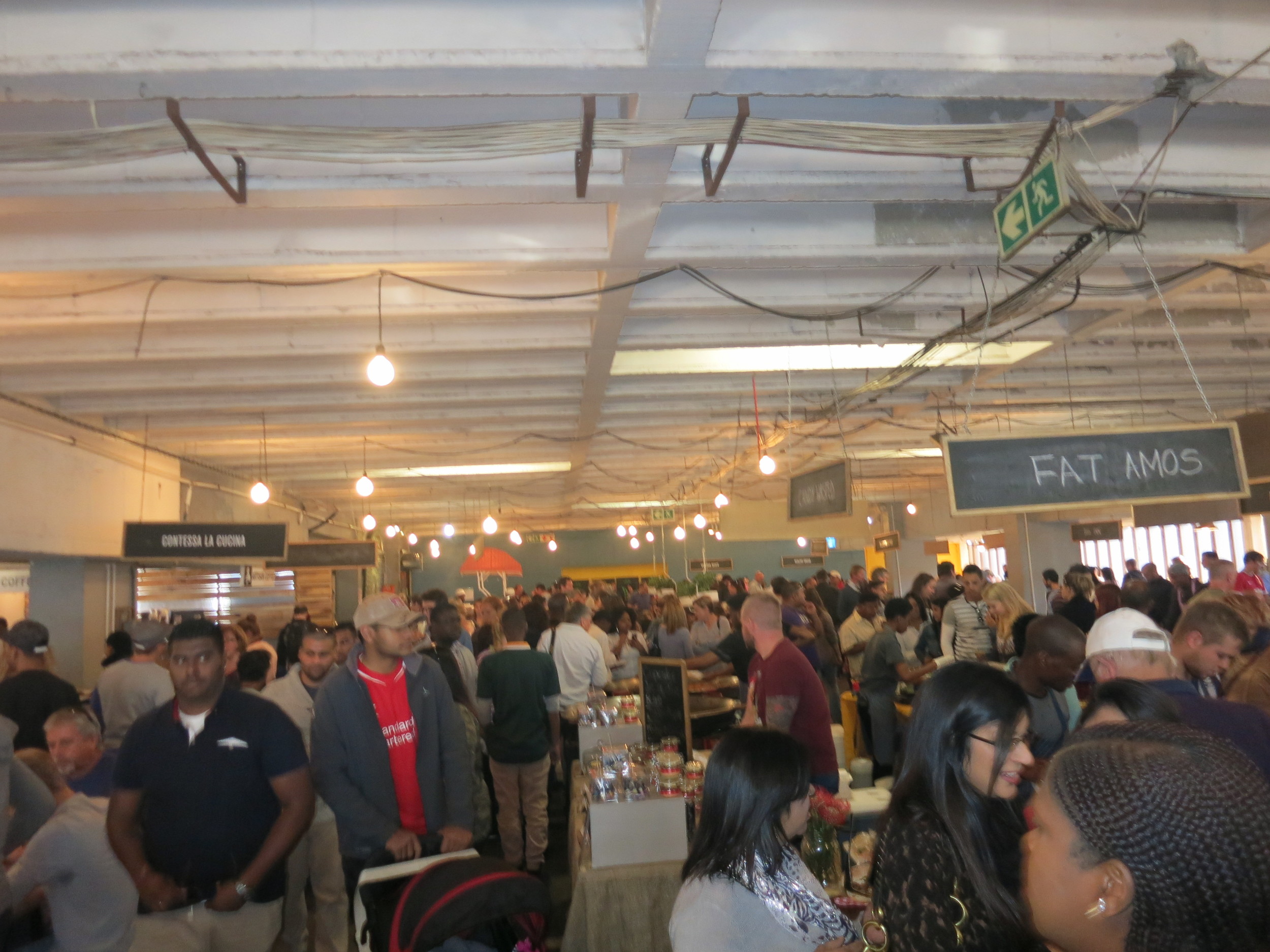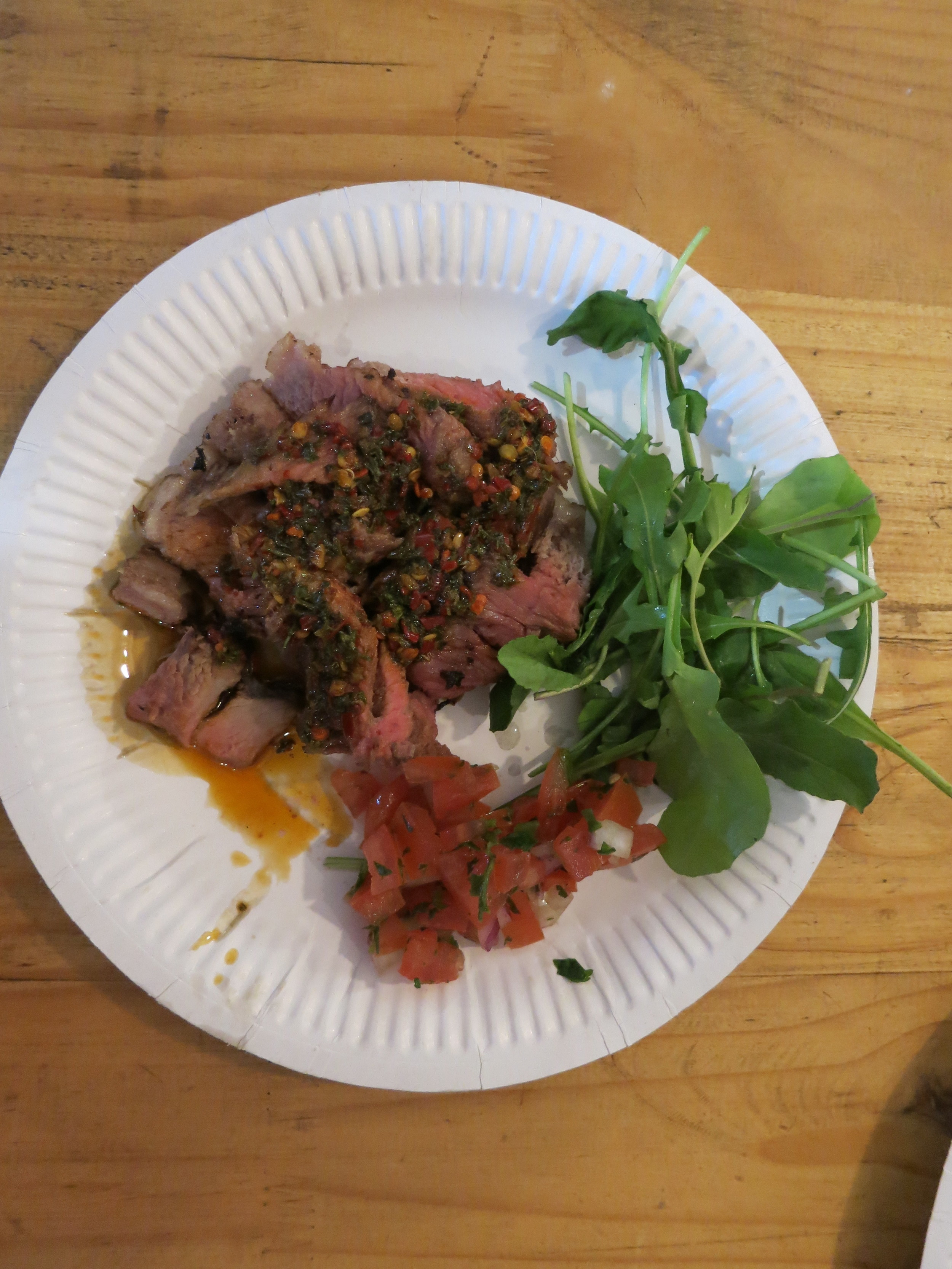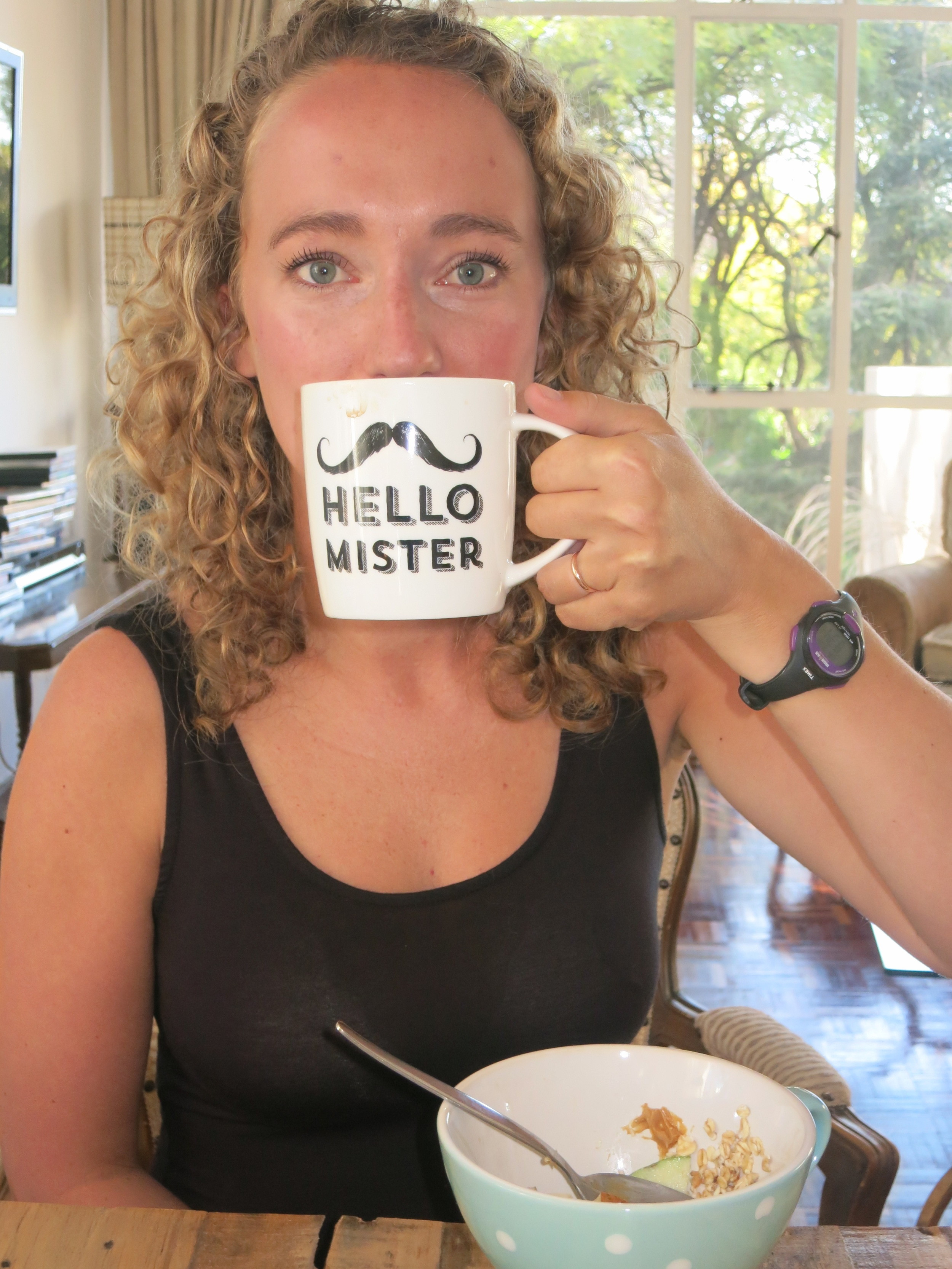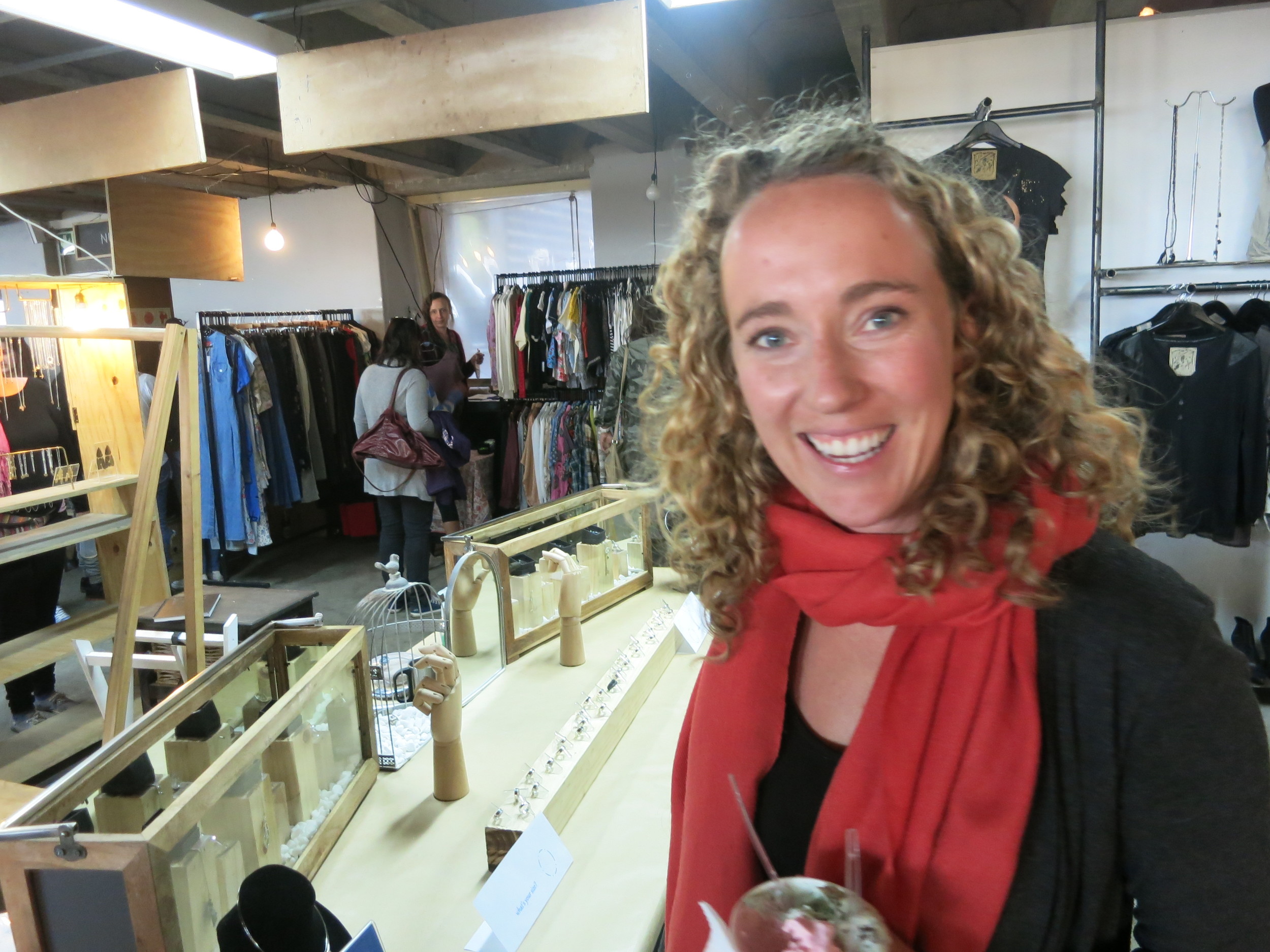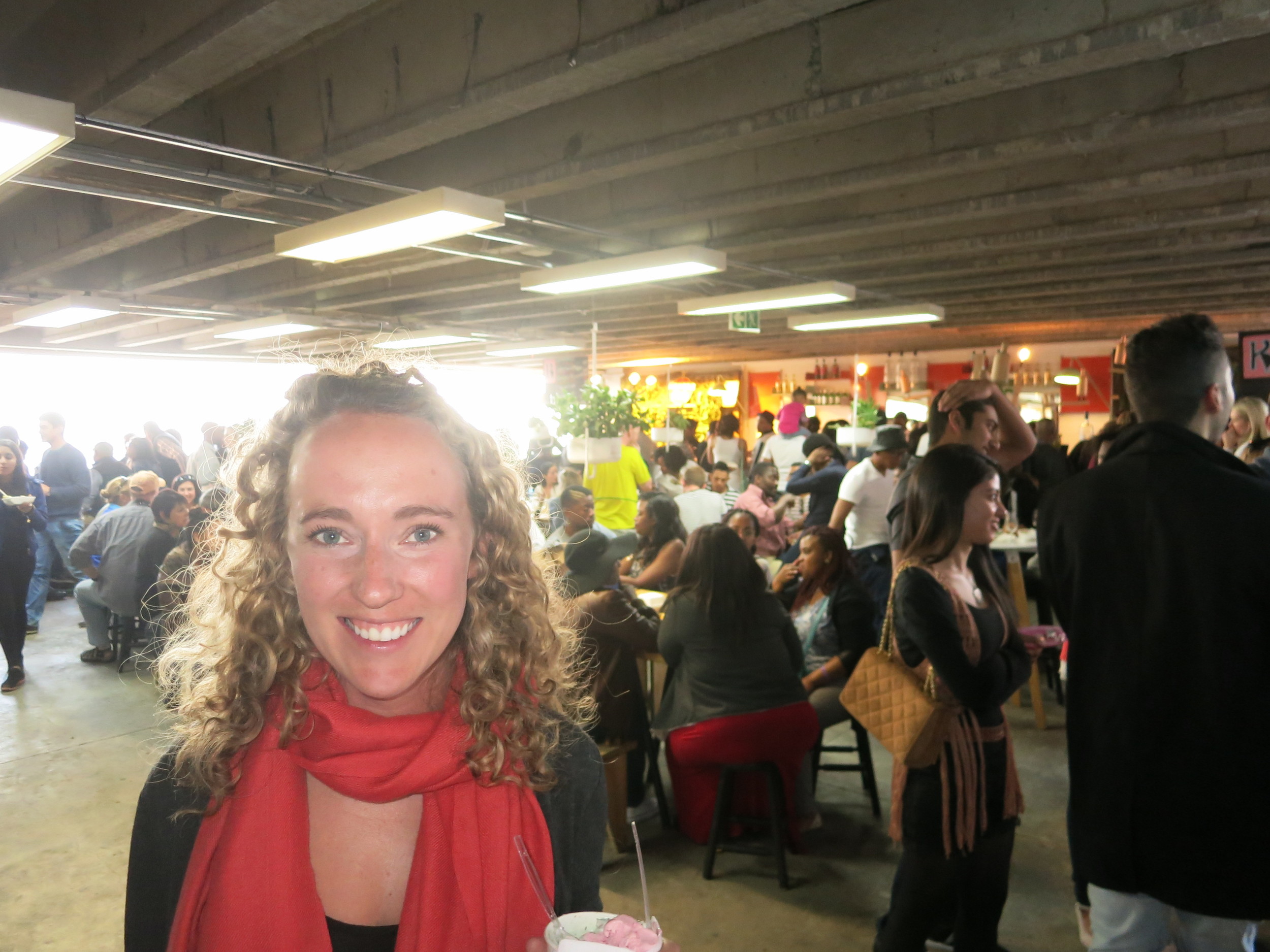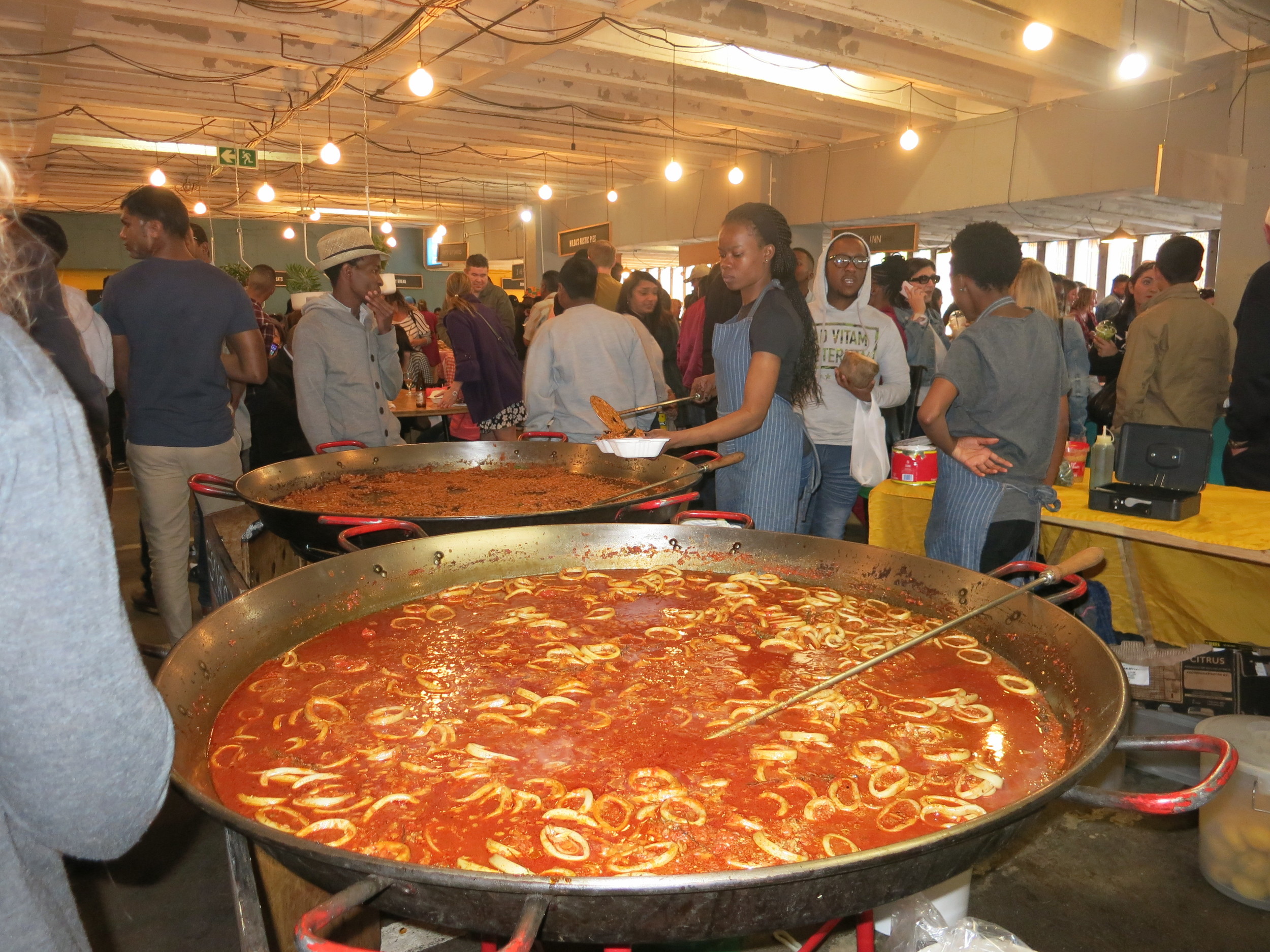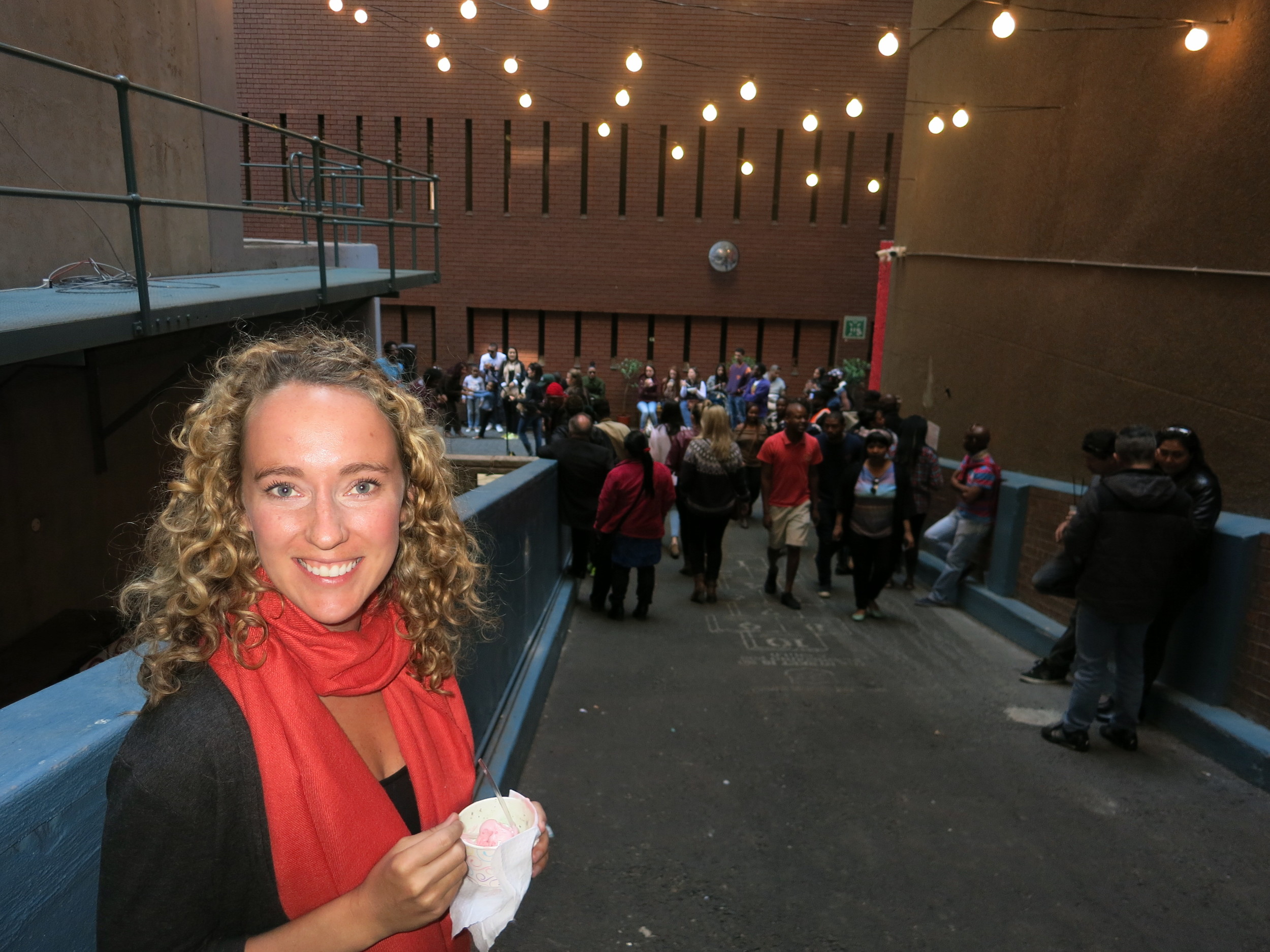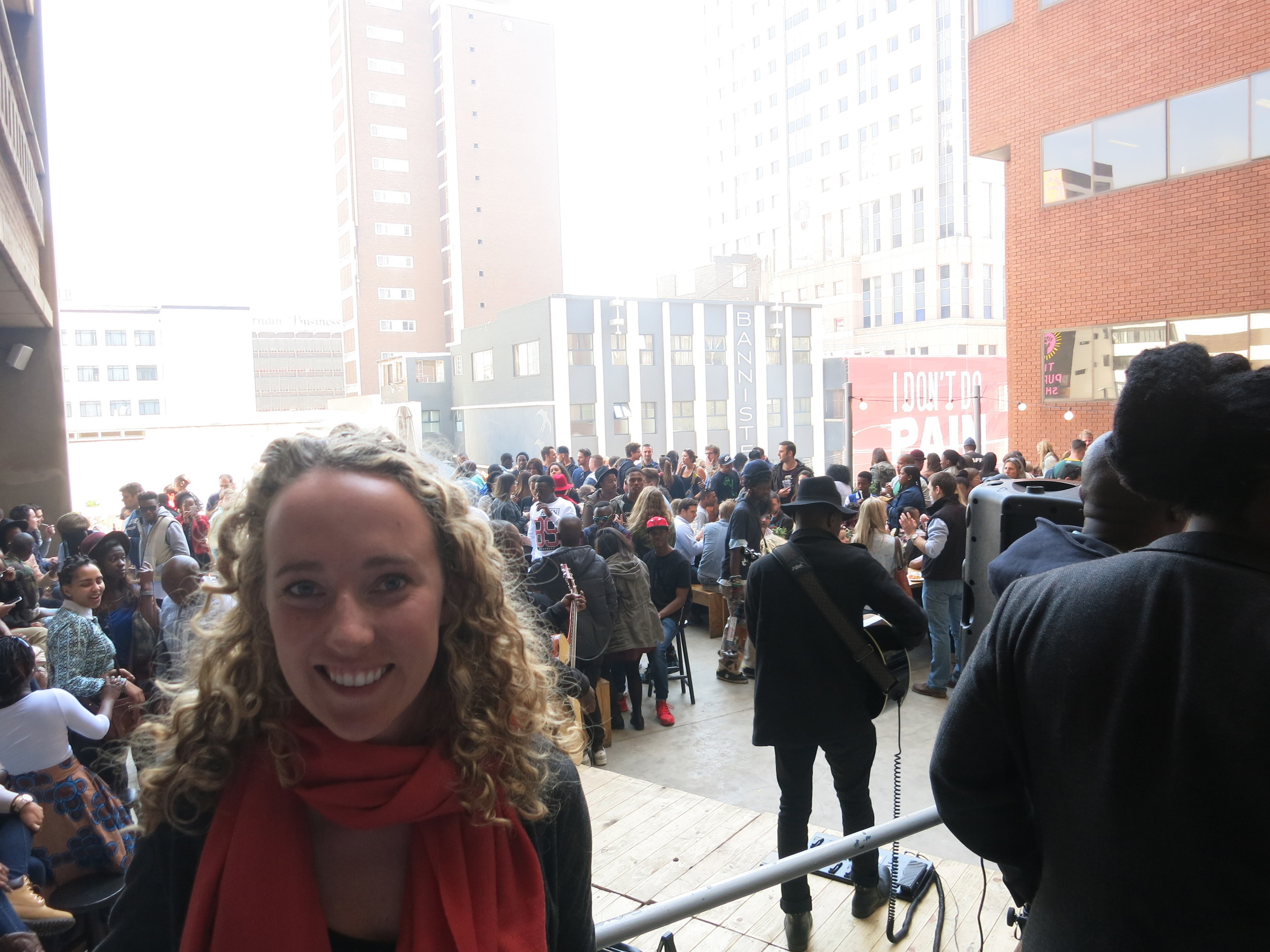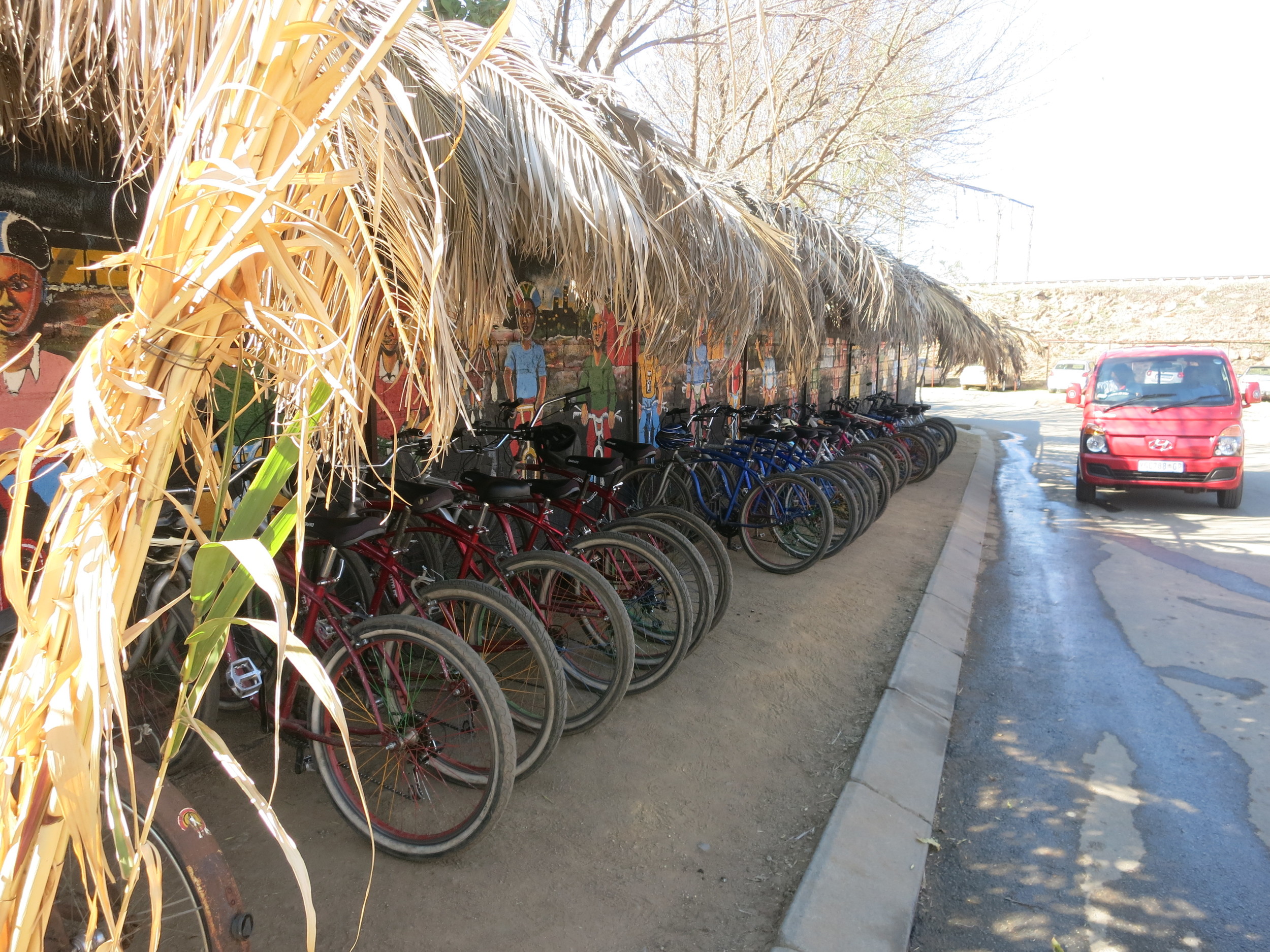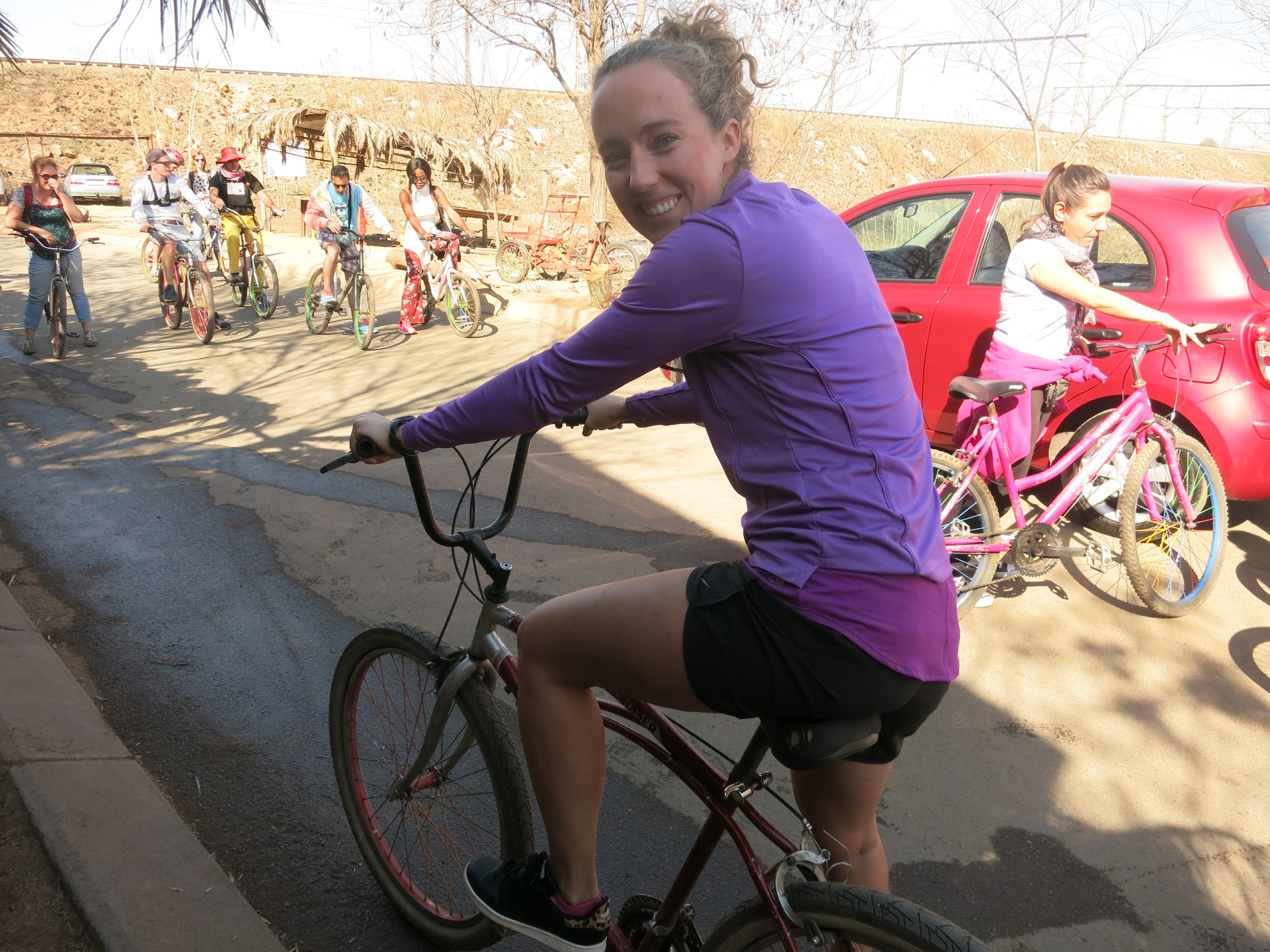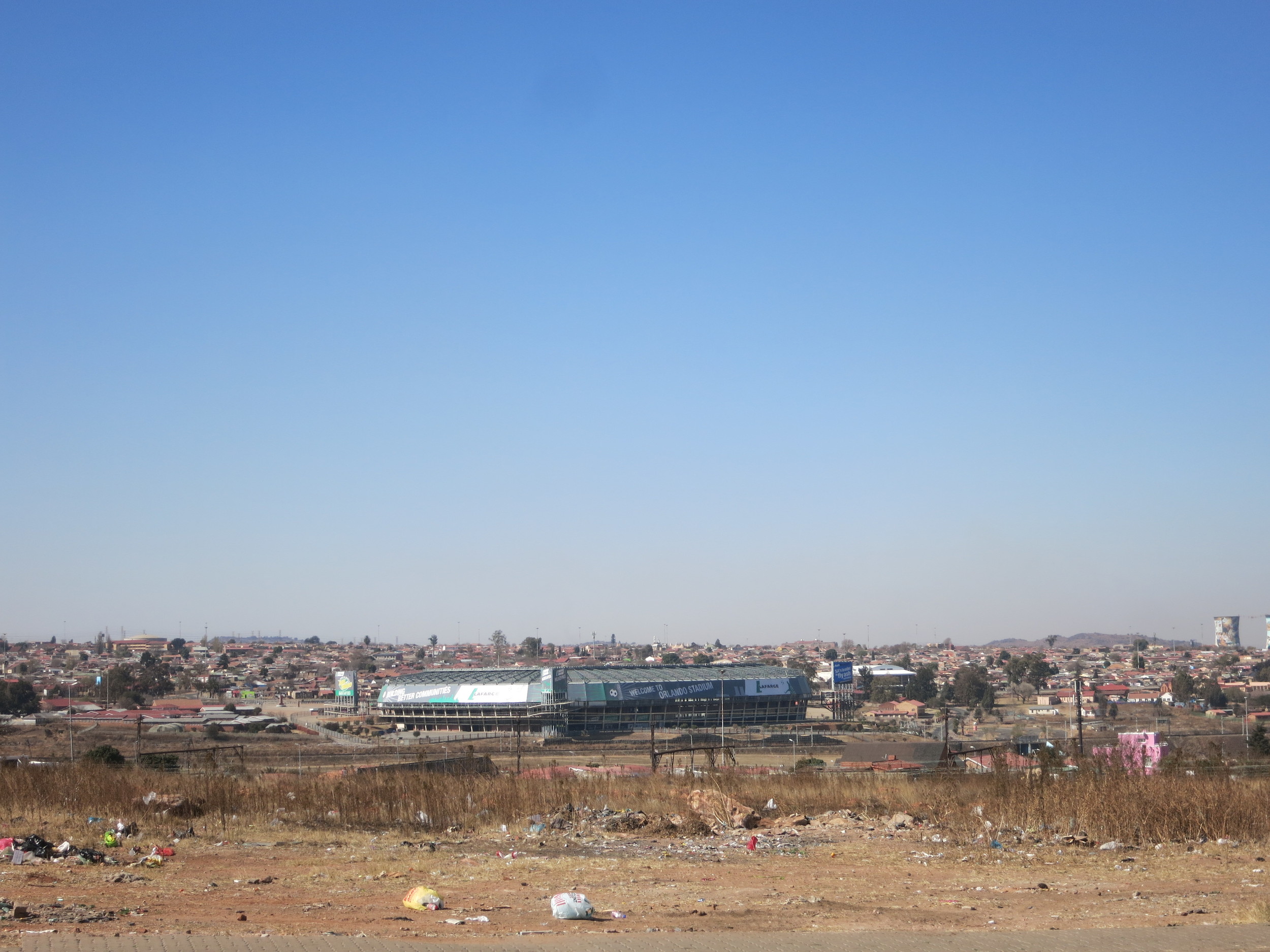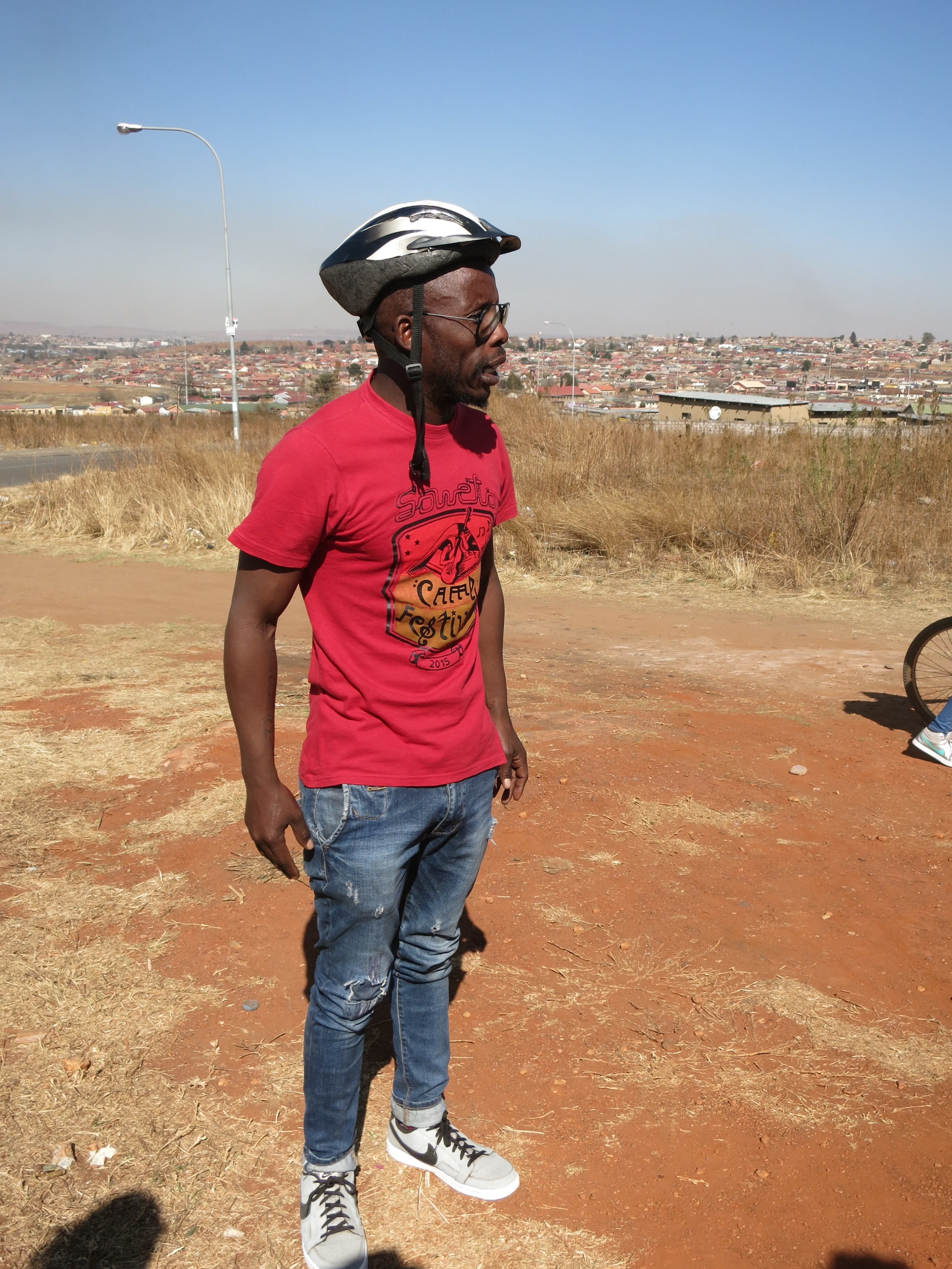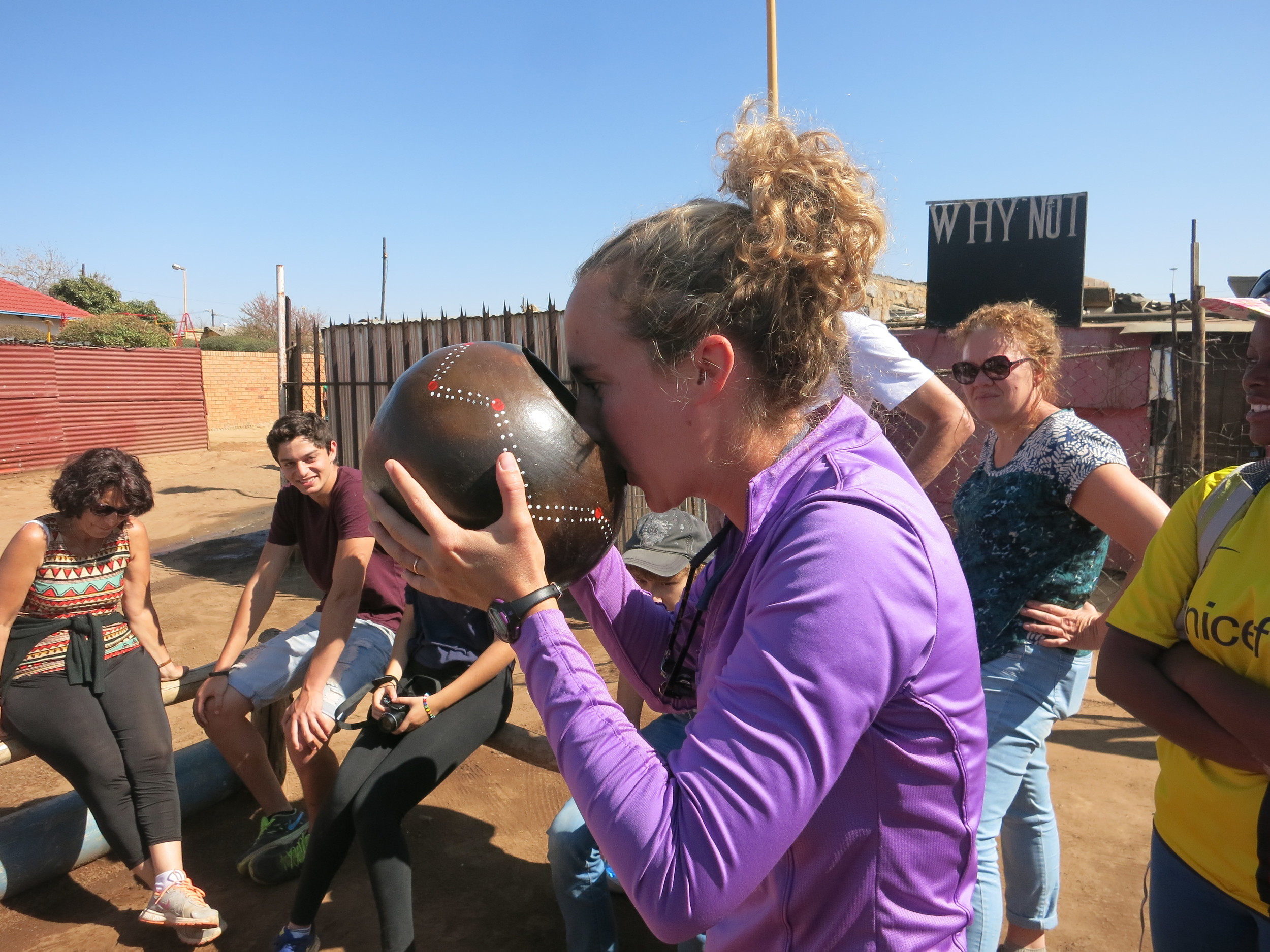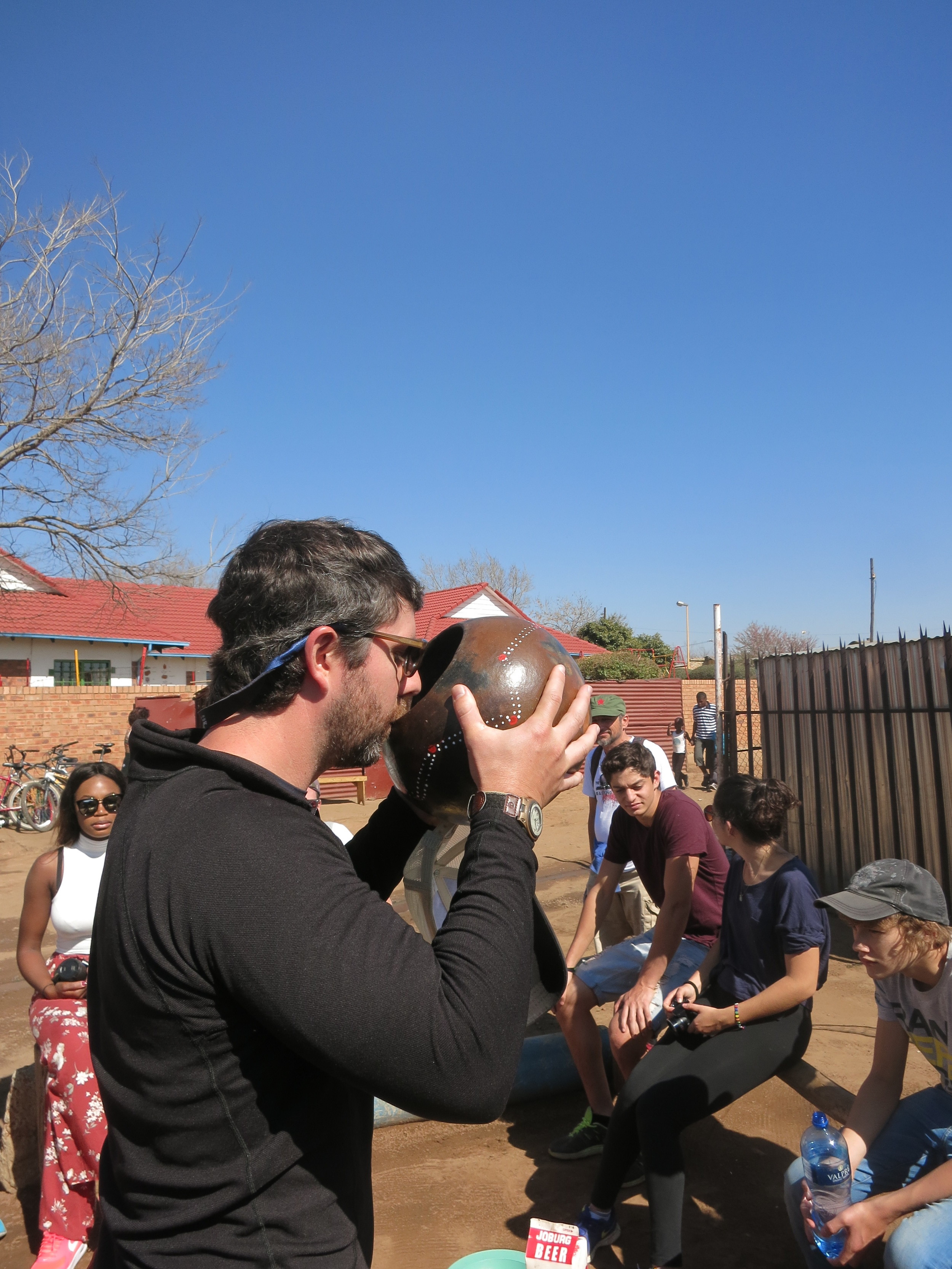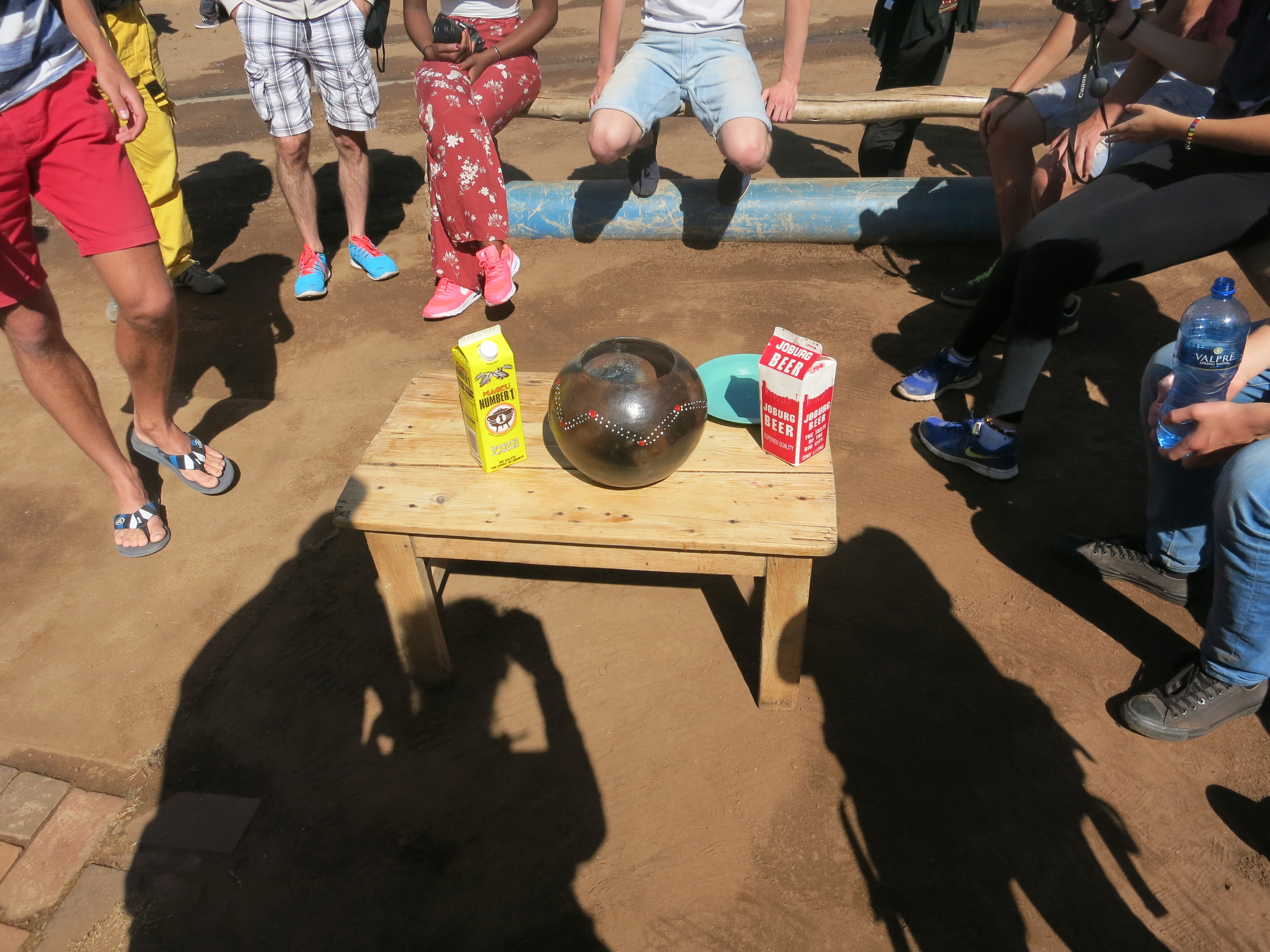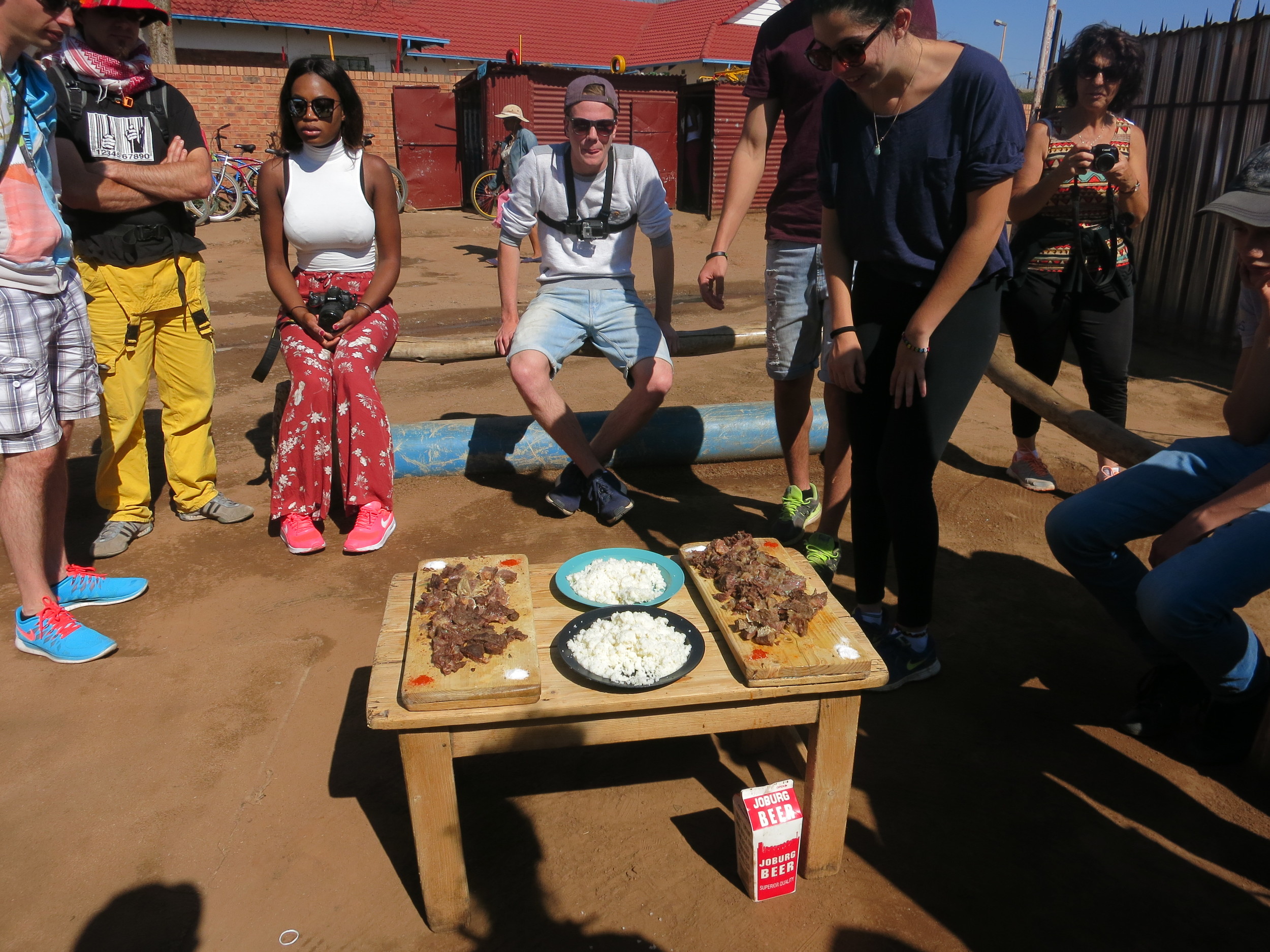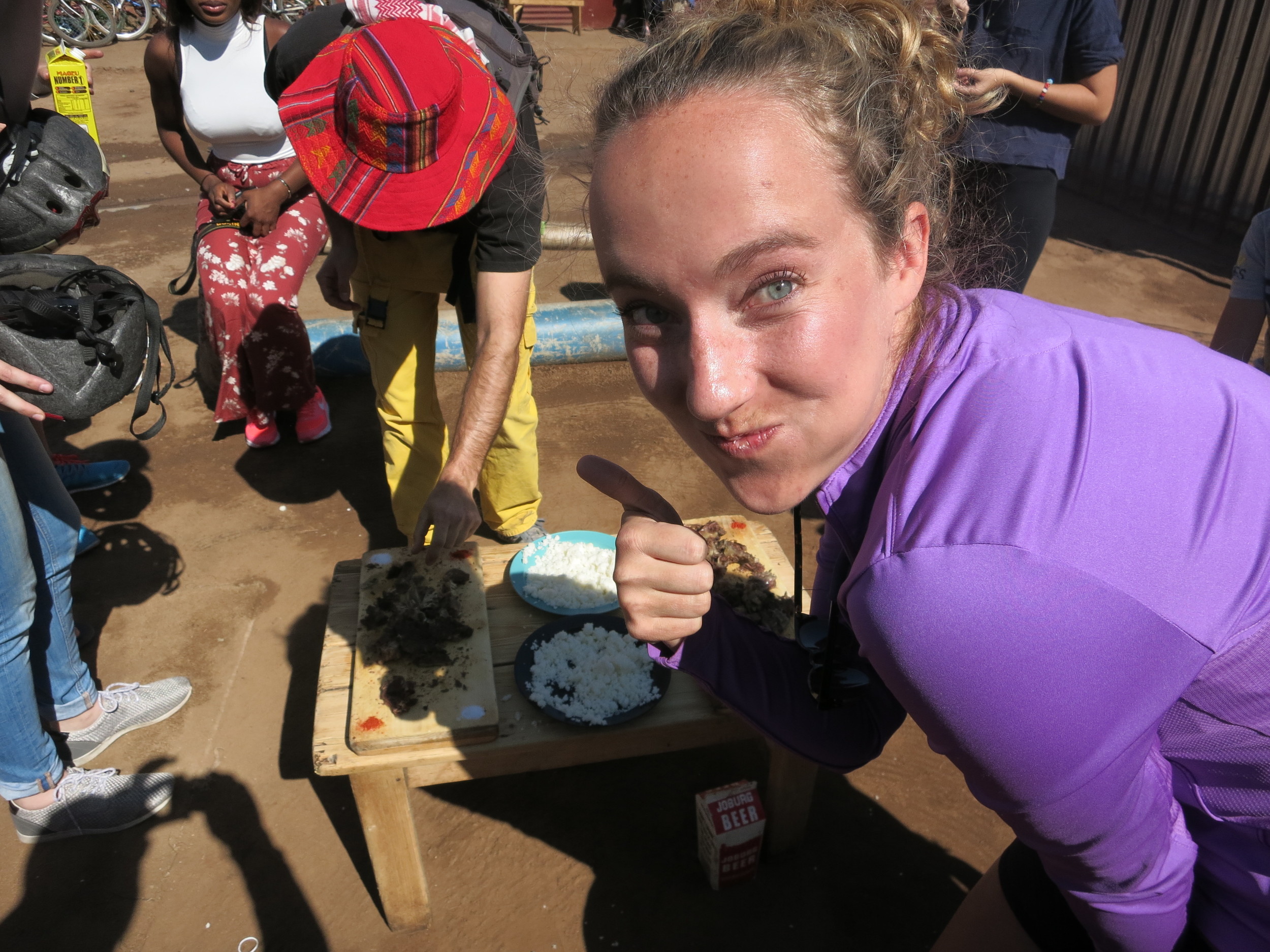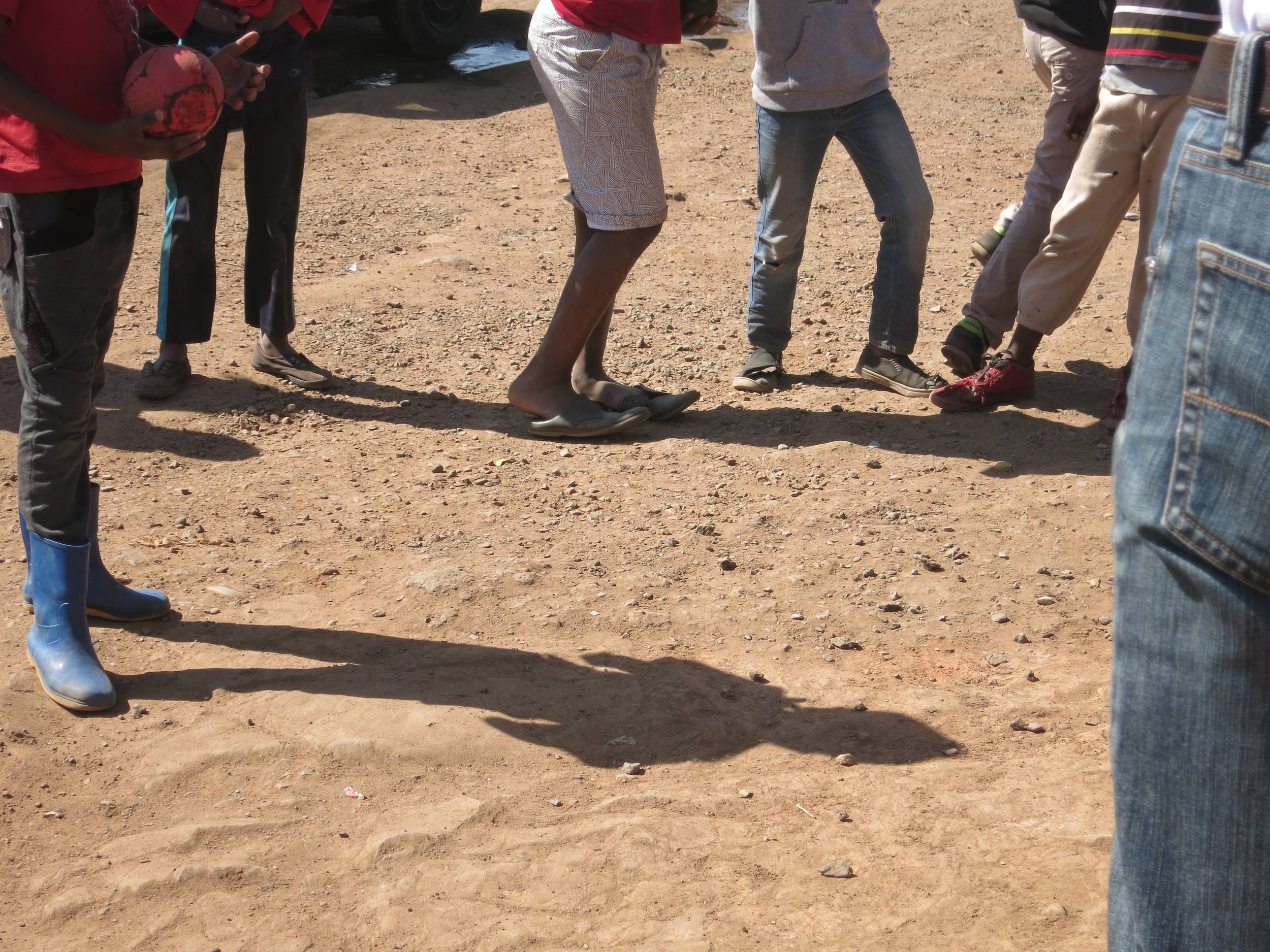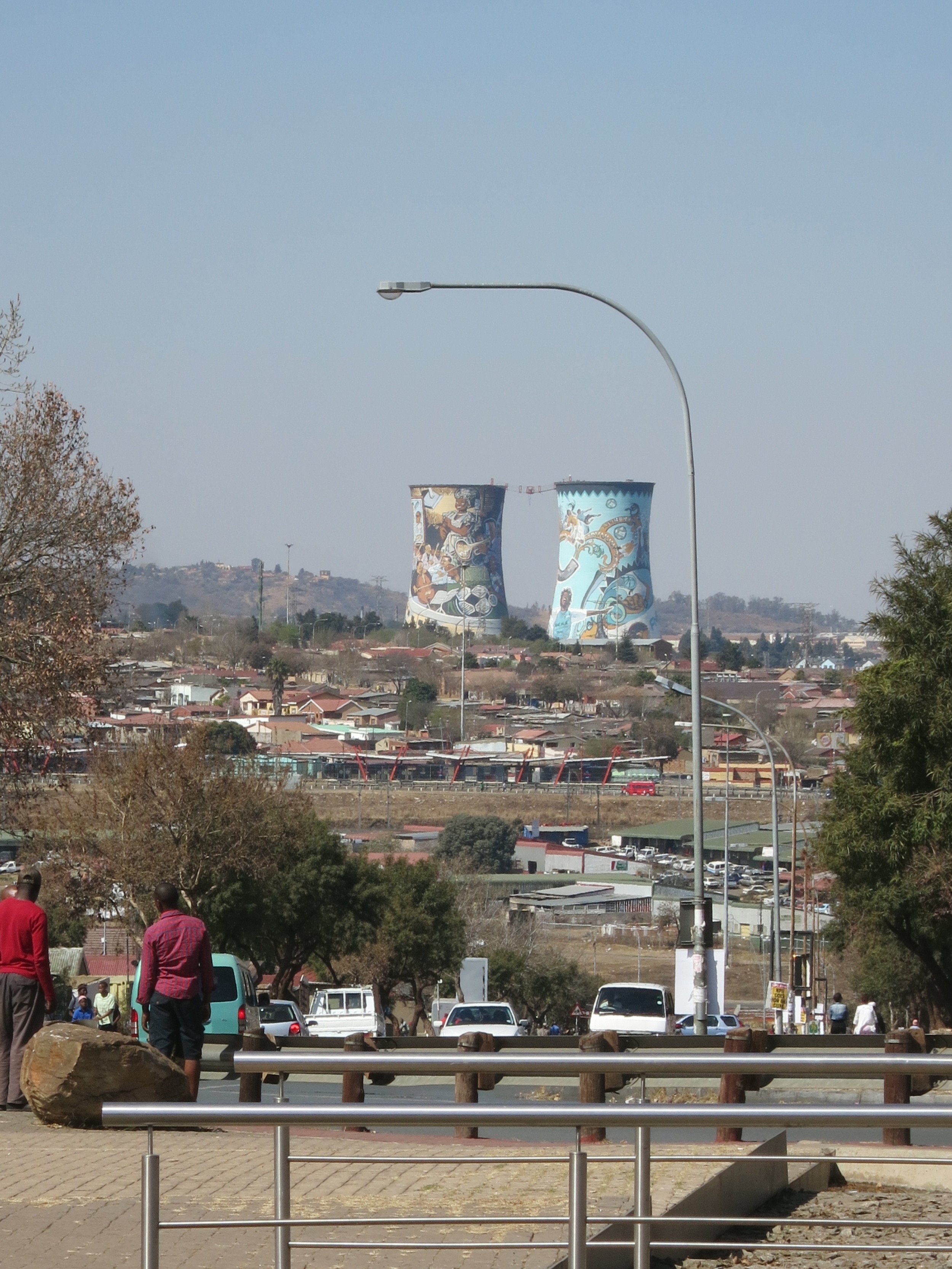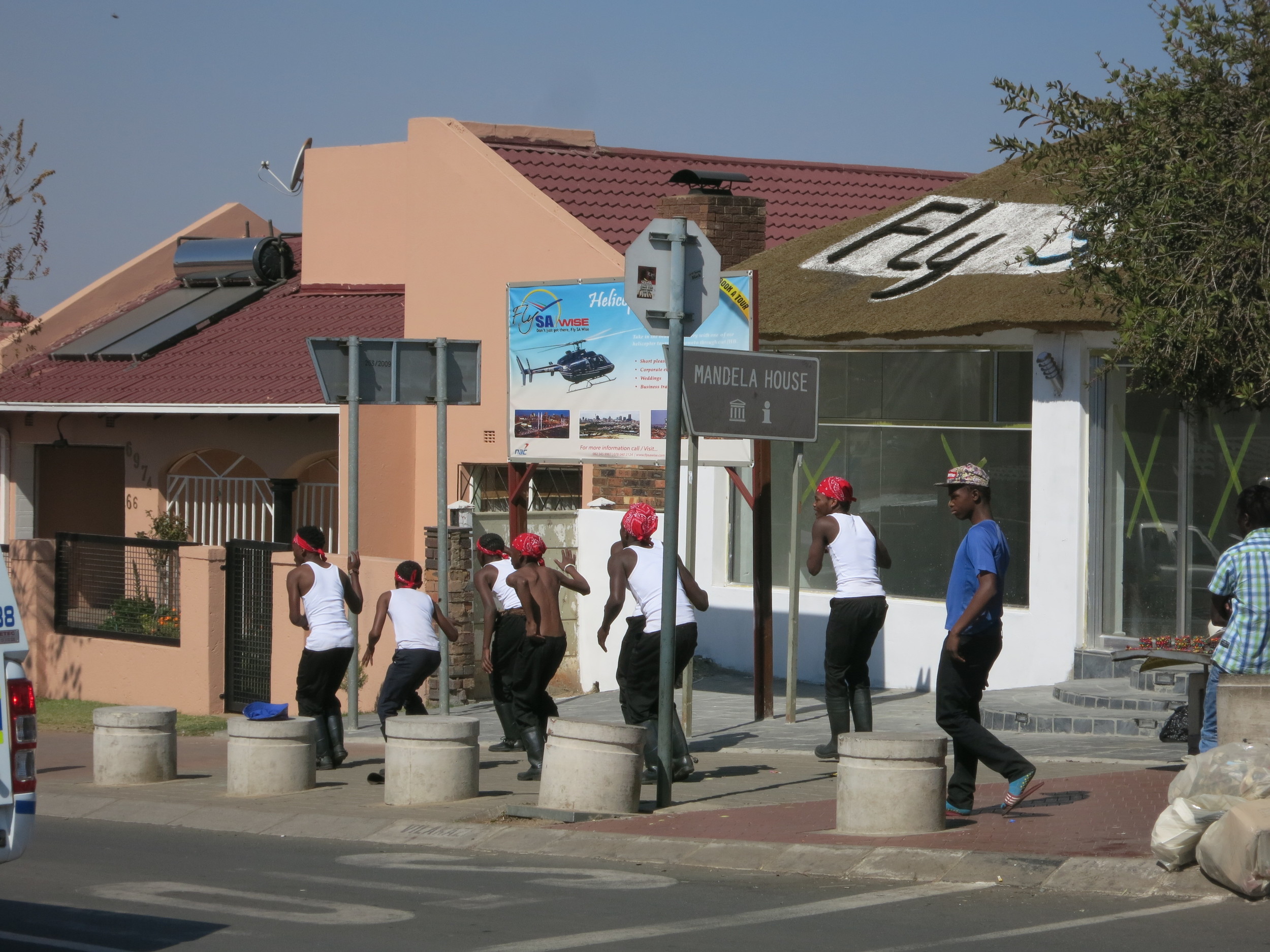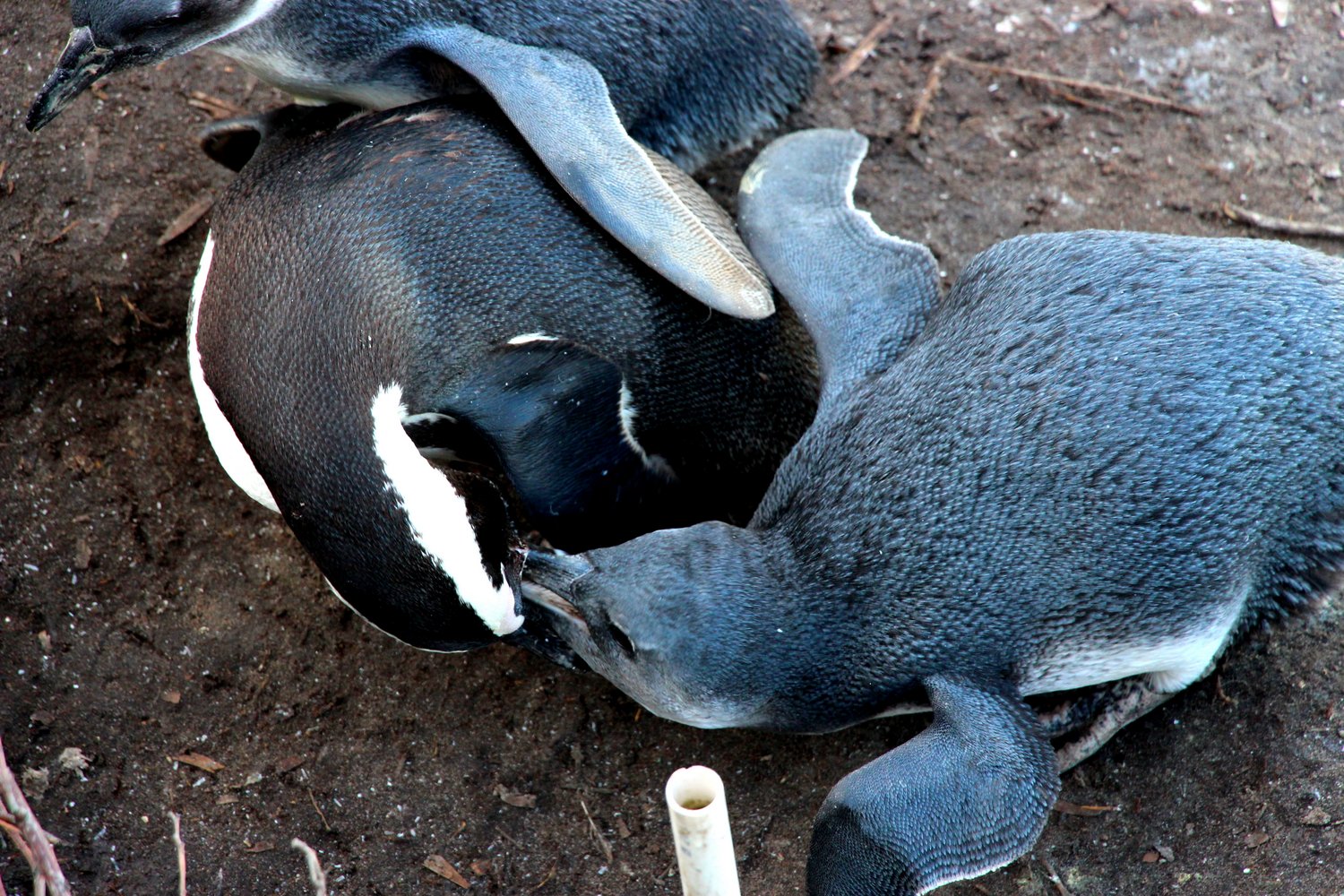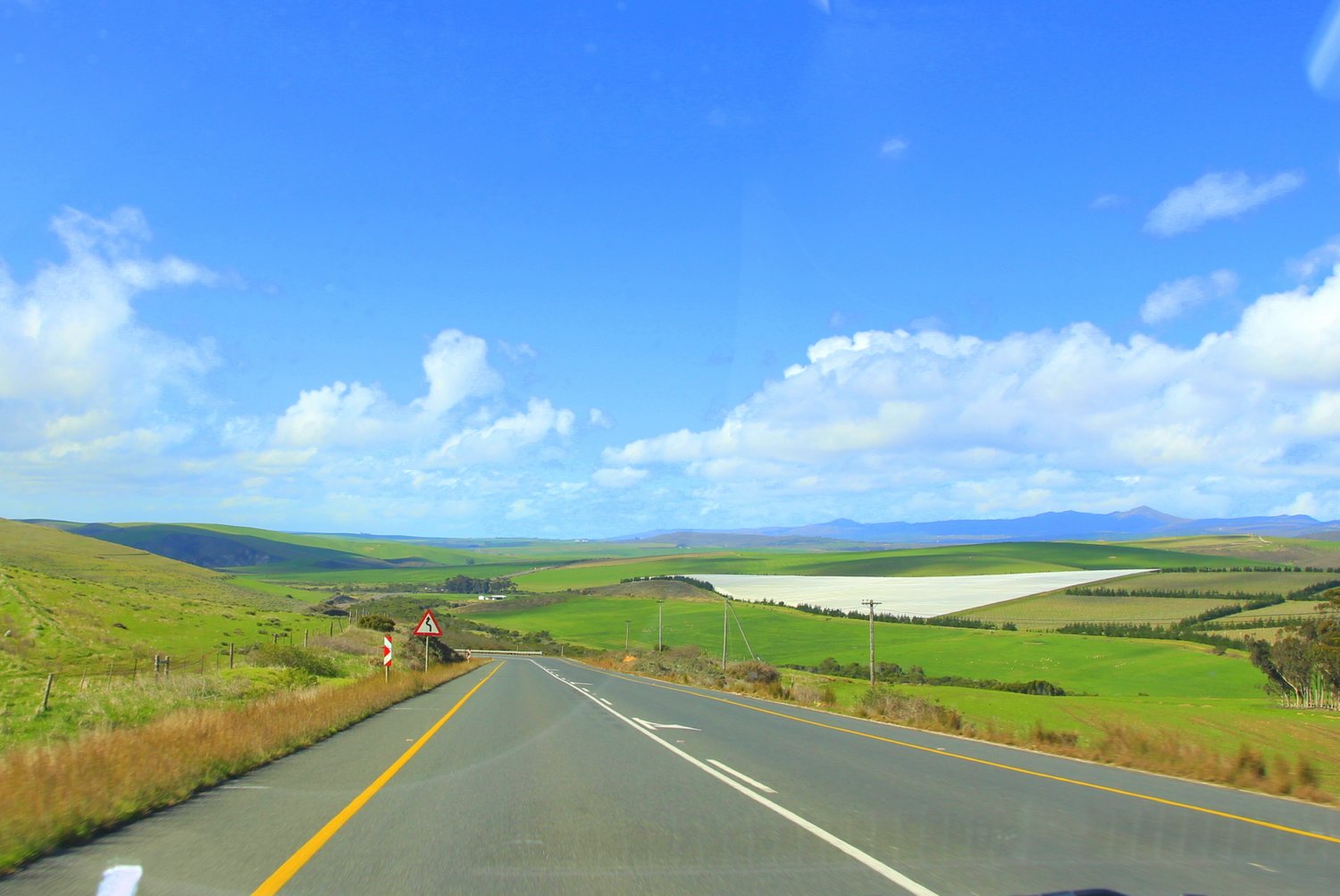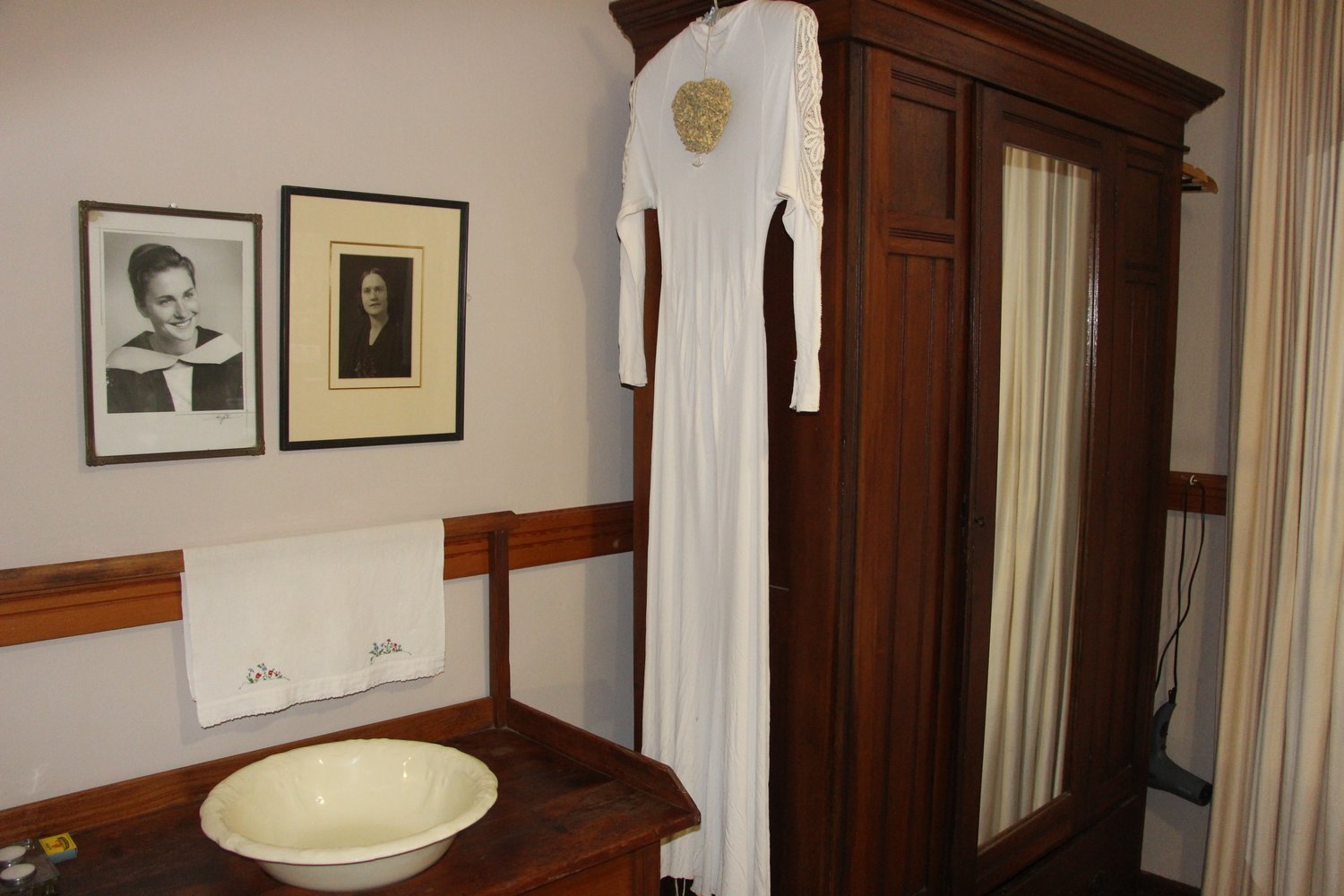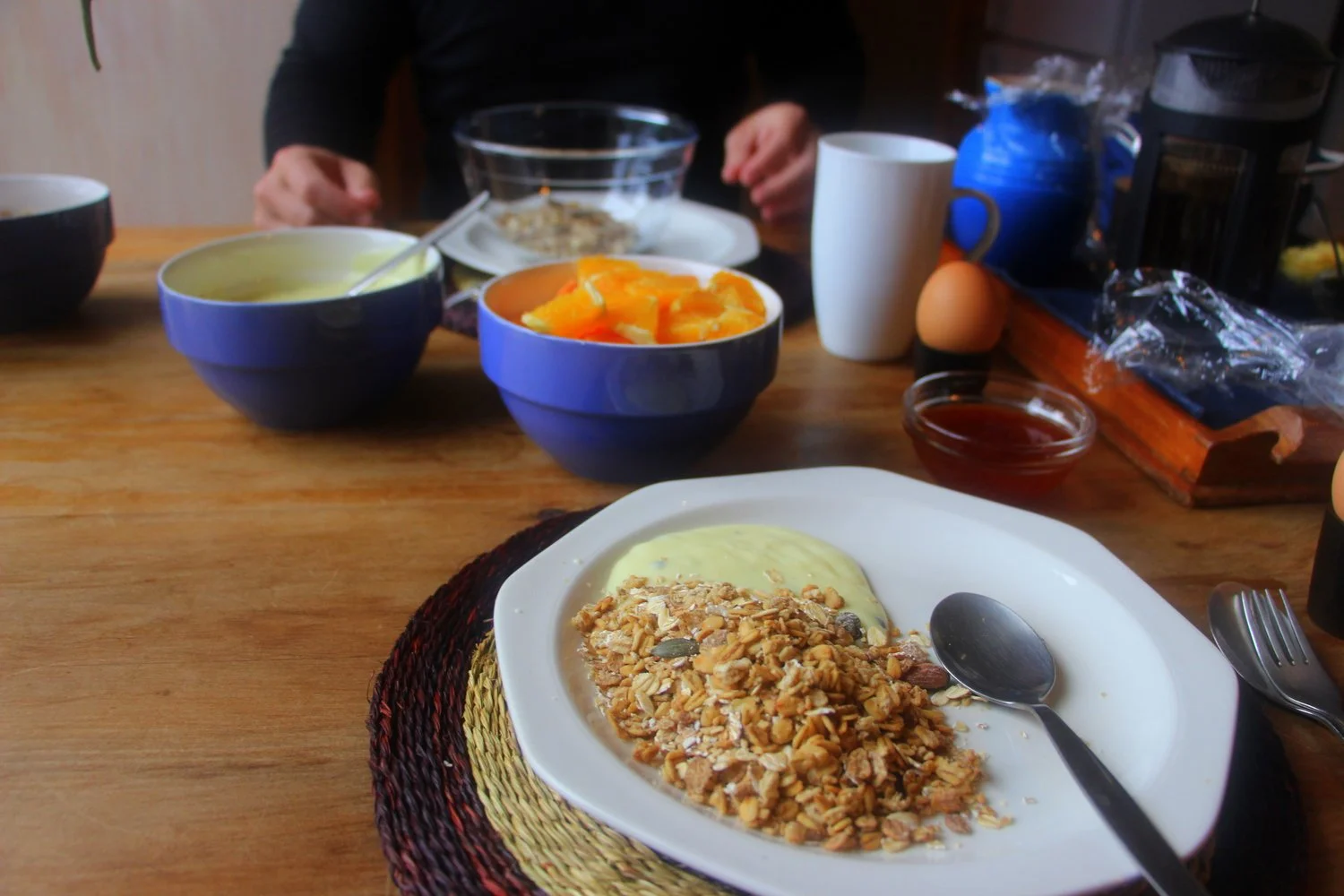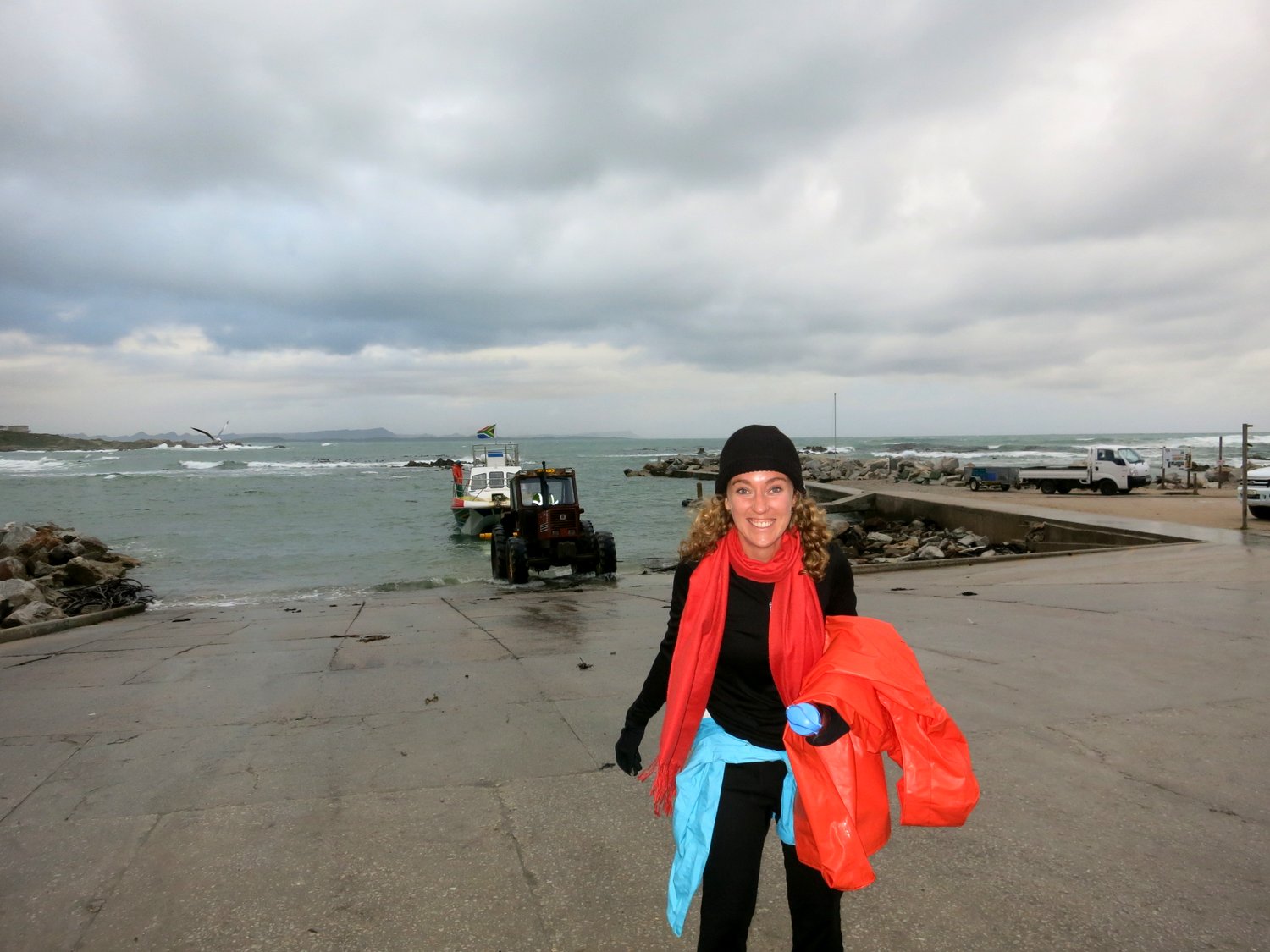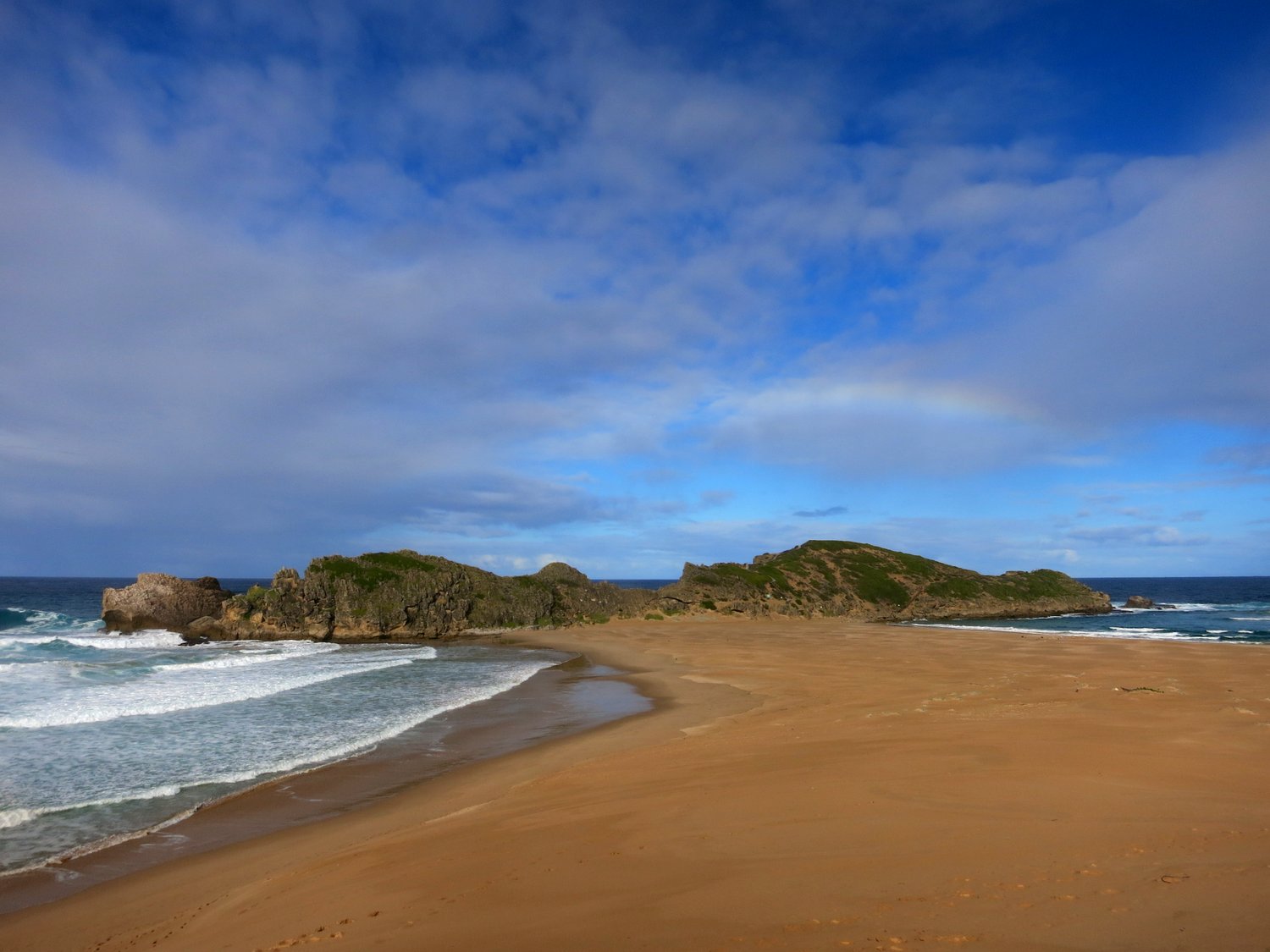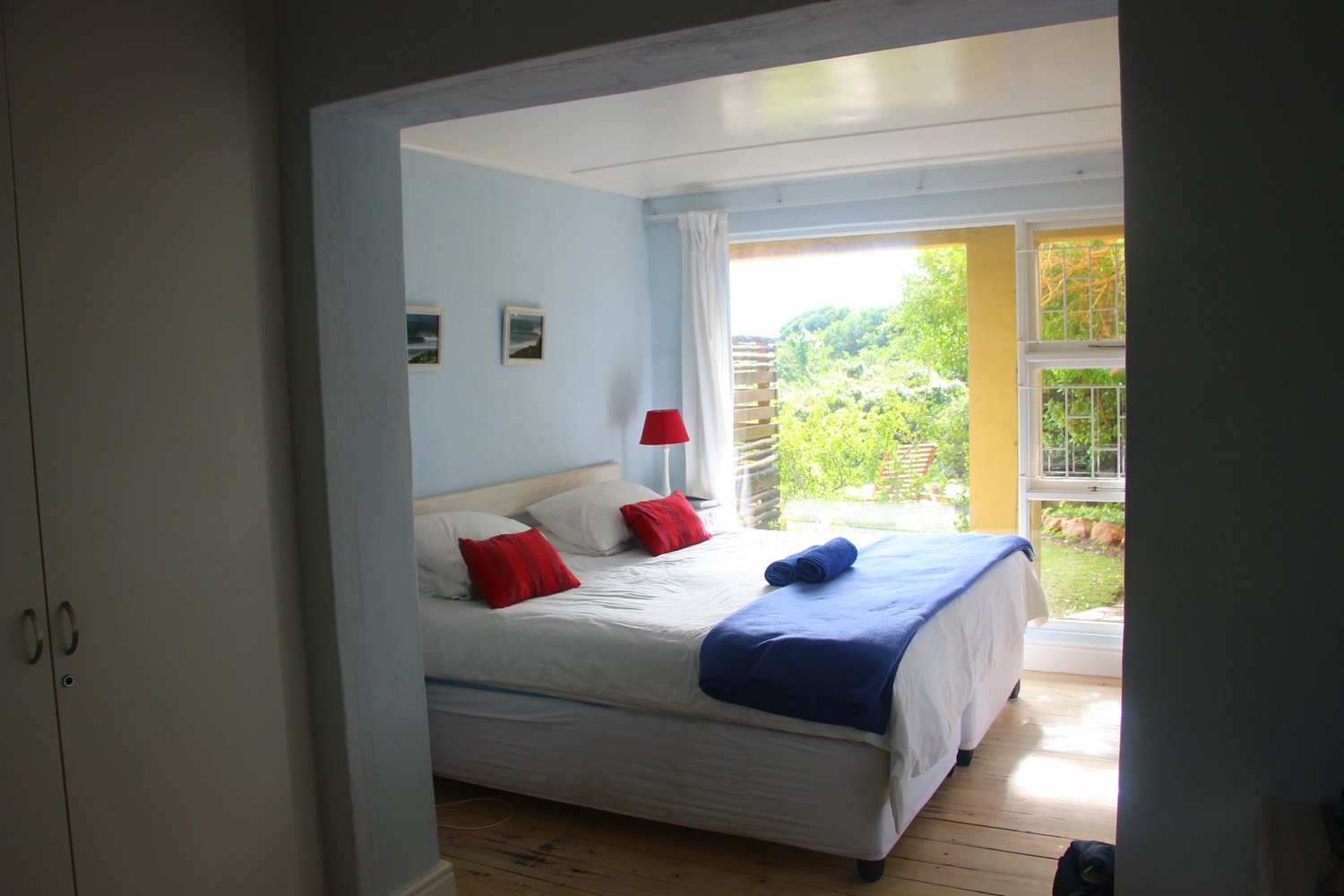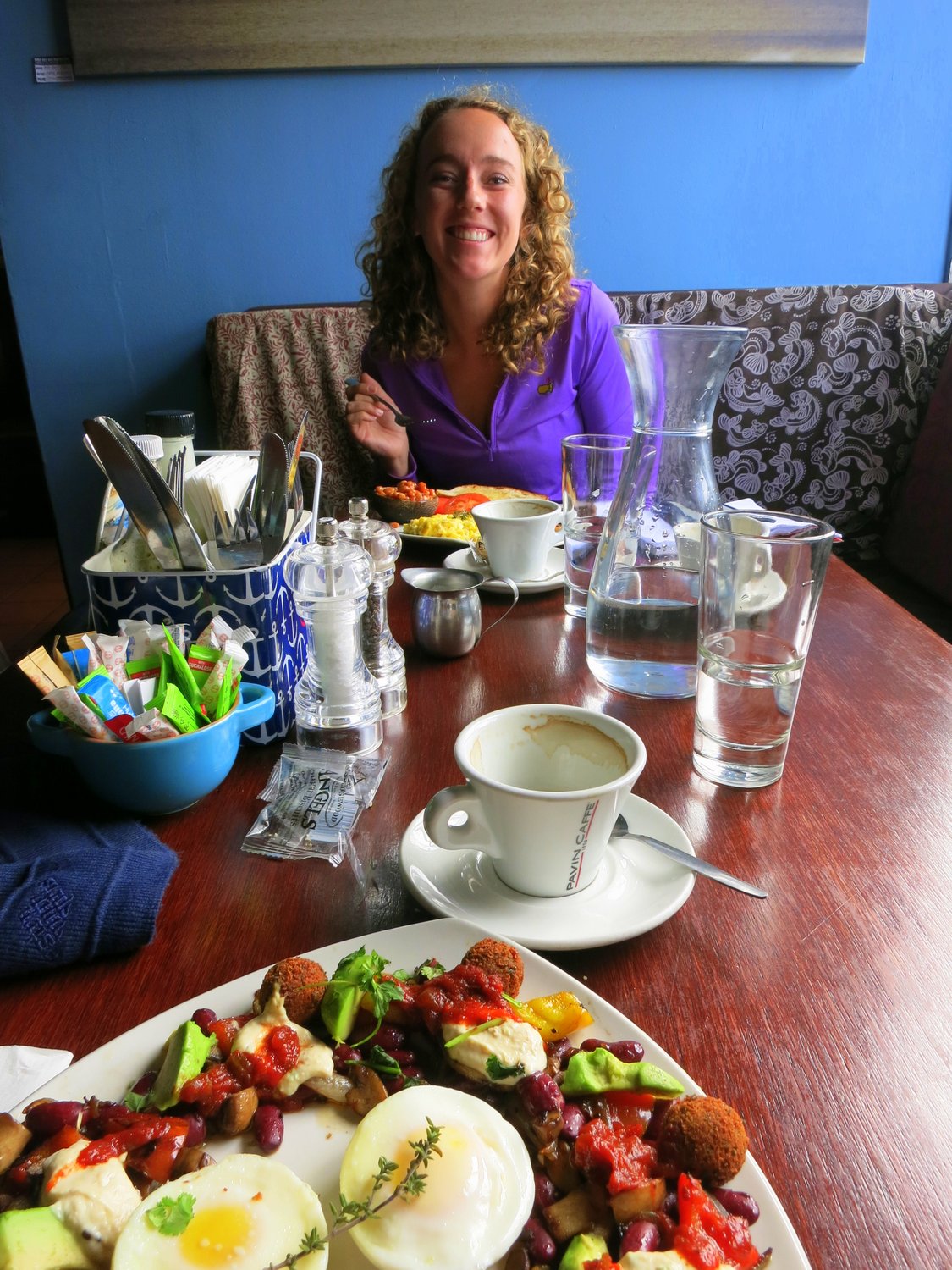The Okavango Delta and Chobe National Park are two of Botswana’s greatest treasures. We decided to do both and had some incredible experiences (and learned a lot too!).
In the Okavango, we stayed at Old Bridge Backpackers and loved it. The tents are simple and clean, the food delicious, and the views aren’t bad either. You can even watch hippos from your lounge chair!
We decided to experience the Okavango by Kayak Safari and weren’t disappointed. Kayak Botswana boated us 30 miles deeper into the Okavango wilderness where we had a better chance to view wildlife. The Delta is full of hippos and crocodiles (only ten feet long, don’t worry!) with chances to spot elephants and other animals as they come to the river to drink!
We set up camp deep in the Delta and our local wildlife guide, Oddie, took us on a walking safari. Without civilization in sight or a vehicle to hide inside, we really felt close to the animals. We tracked leopards, lions, zebra and elephants. And we learned that nature is really cool. We took an evening and a morning walk with Oddie and highly recommend a walking safari to acquaint yourself with tracking and an intimate perspective on the animals.
Blakely's face sums up our opinion on nature!
No camping trip is complete without a fire, but our kayak guide and cook, Jardis, went above and beyond in cuisine! As the stars came out, we feasted while gazing at the Southern Cross, and then headed to our tent for the night. The second day was just as eventful and we felt like we got an up-close look at the Okavango.
The next stop was Chobe National Park, which is known for having more elephants than any other park. The elephants are also of abnormally large size and look like they’ve been stretched! For our safari, we picked Kalahari Tours and took a three day trip into the heart of the park.
We saw lionesses and their cubs, zebras, giraffes, and elephants galore. We even spotted two different leopards lazing in the treetops!
The camping was a delight with great food, wonderful company, and a chorus of animal noises to sleep to every night. We feel very lucky with our first safari experience and can’t wait until the next one! Now, onto Victoria Falls!
That's What We Did in Botswana. Click Here to read What We Learned. Or Click Here for the full Botswana Photo Gallery!


